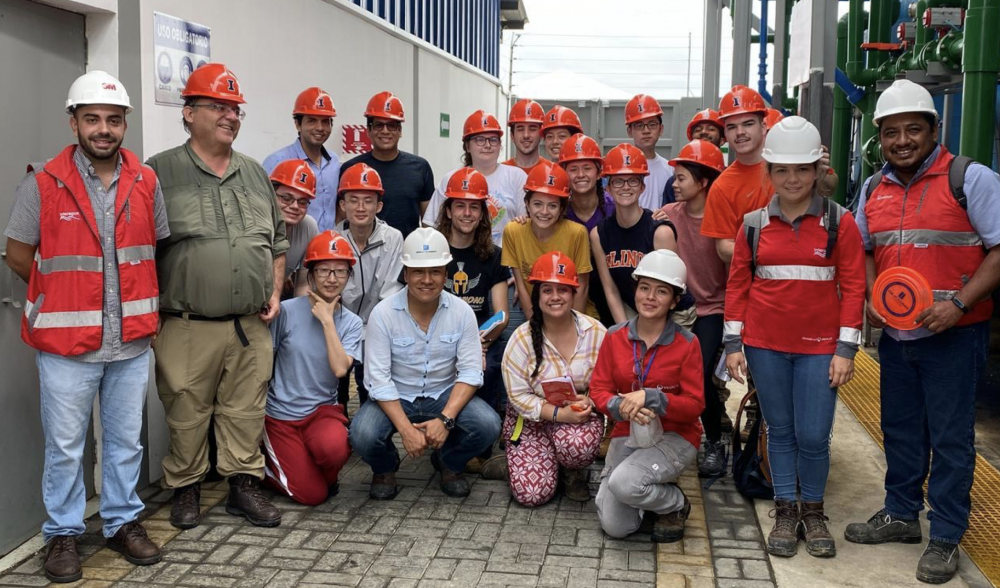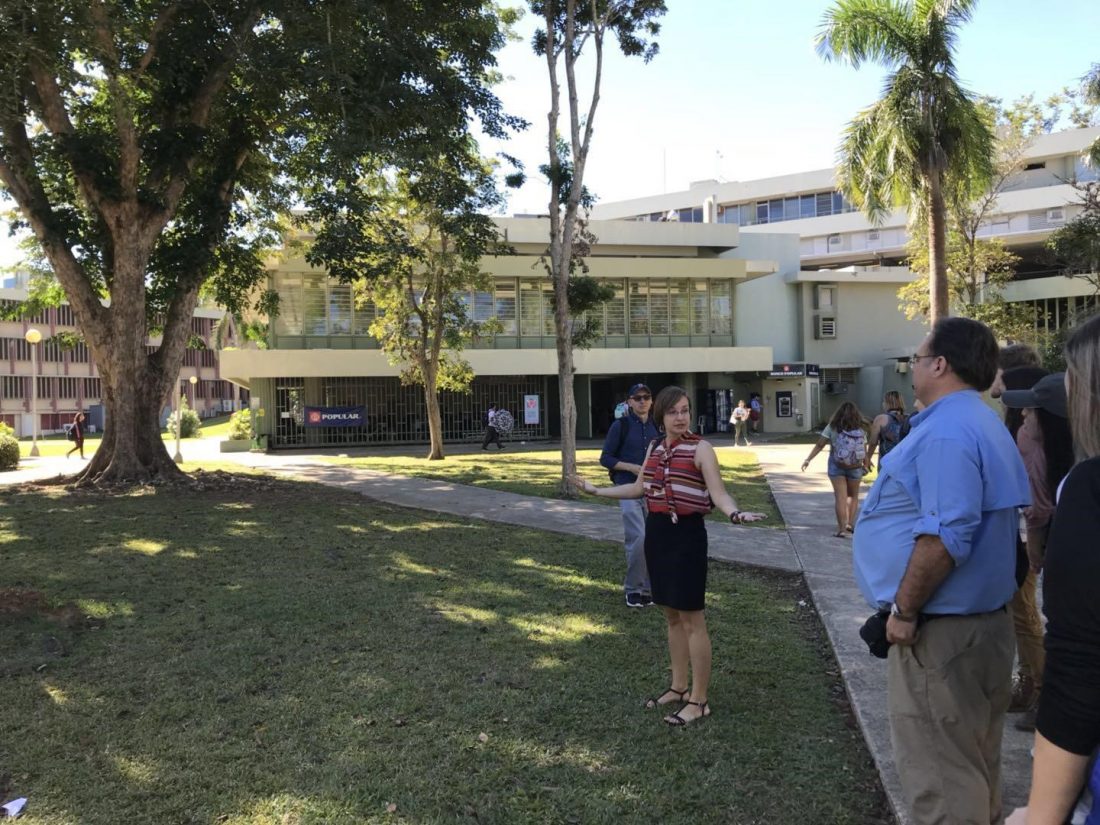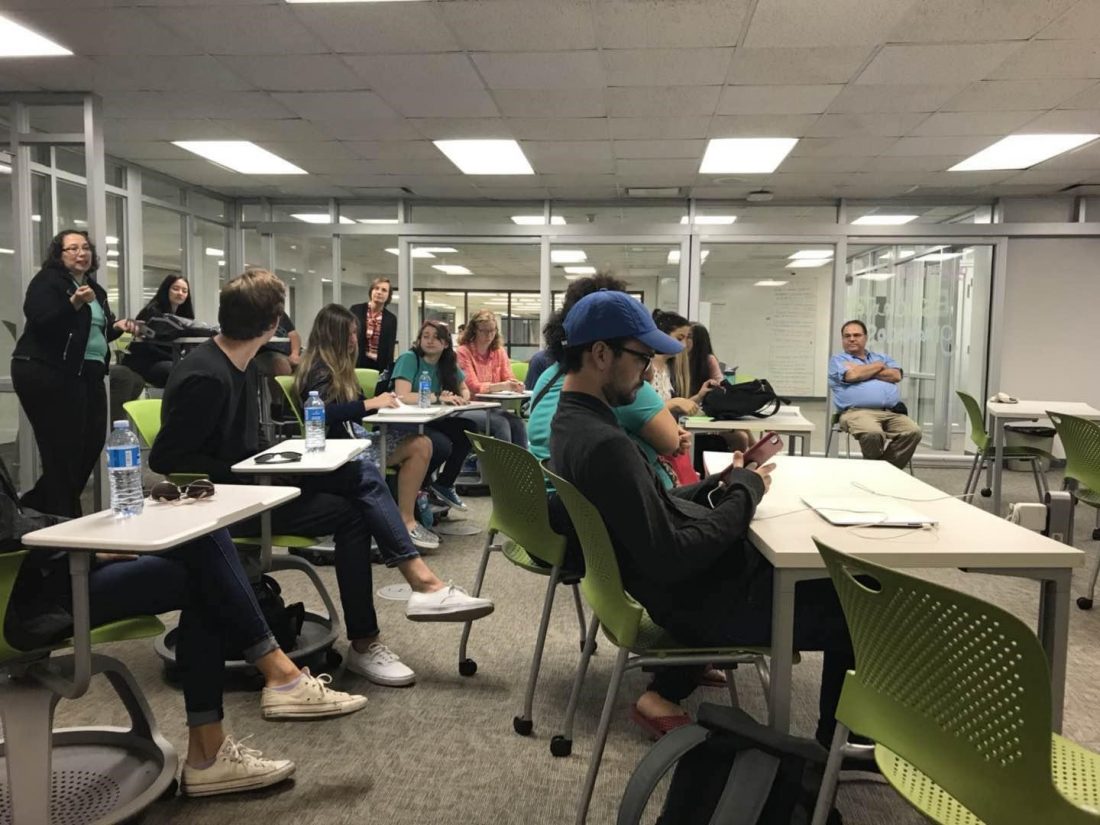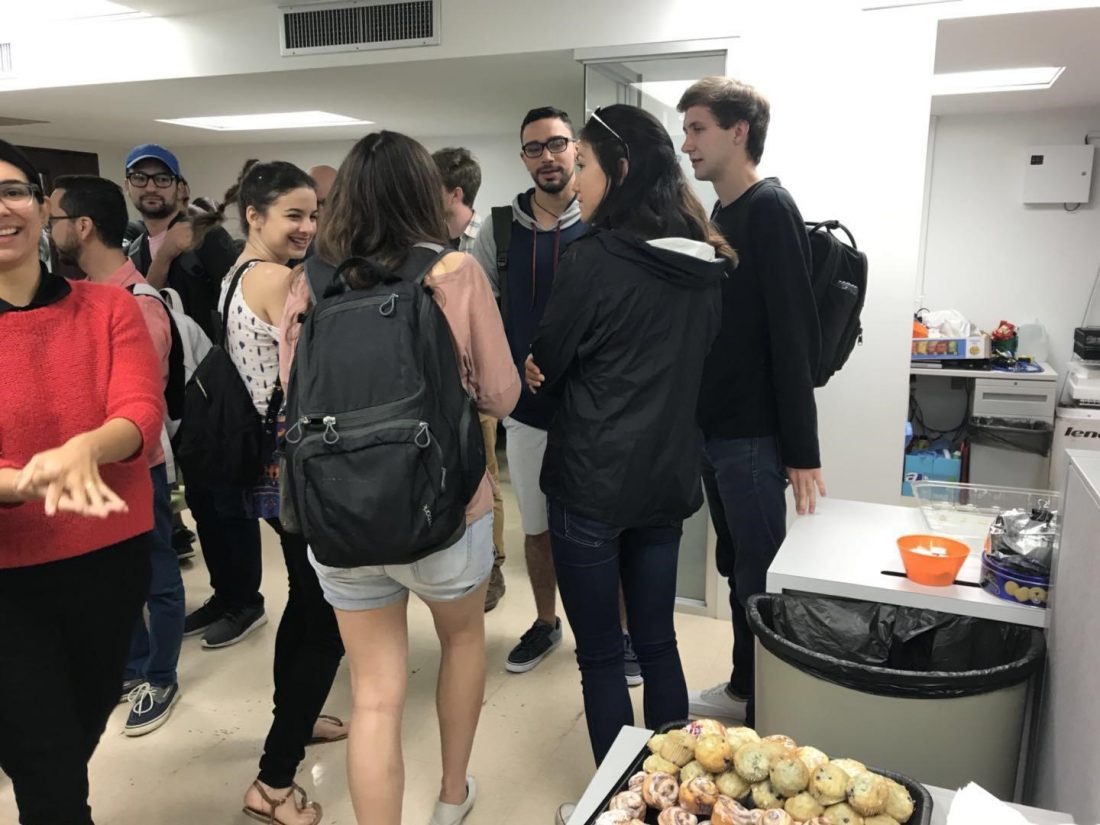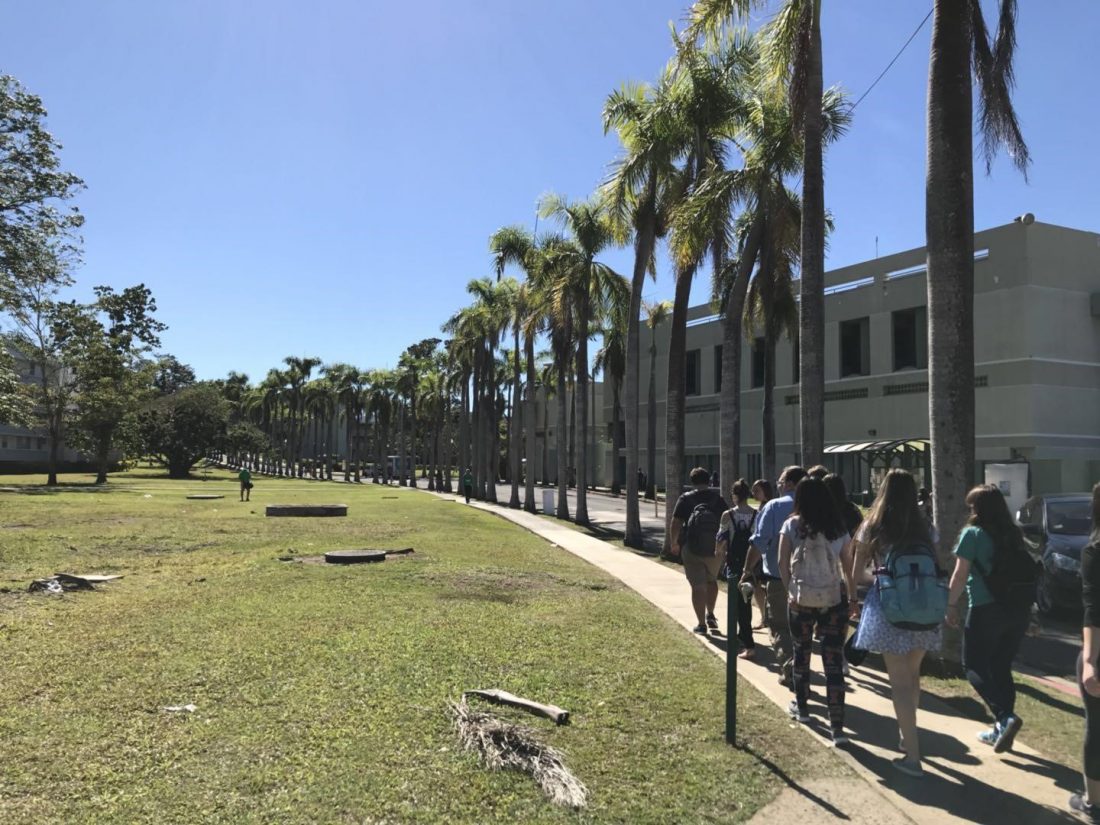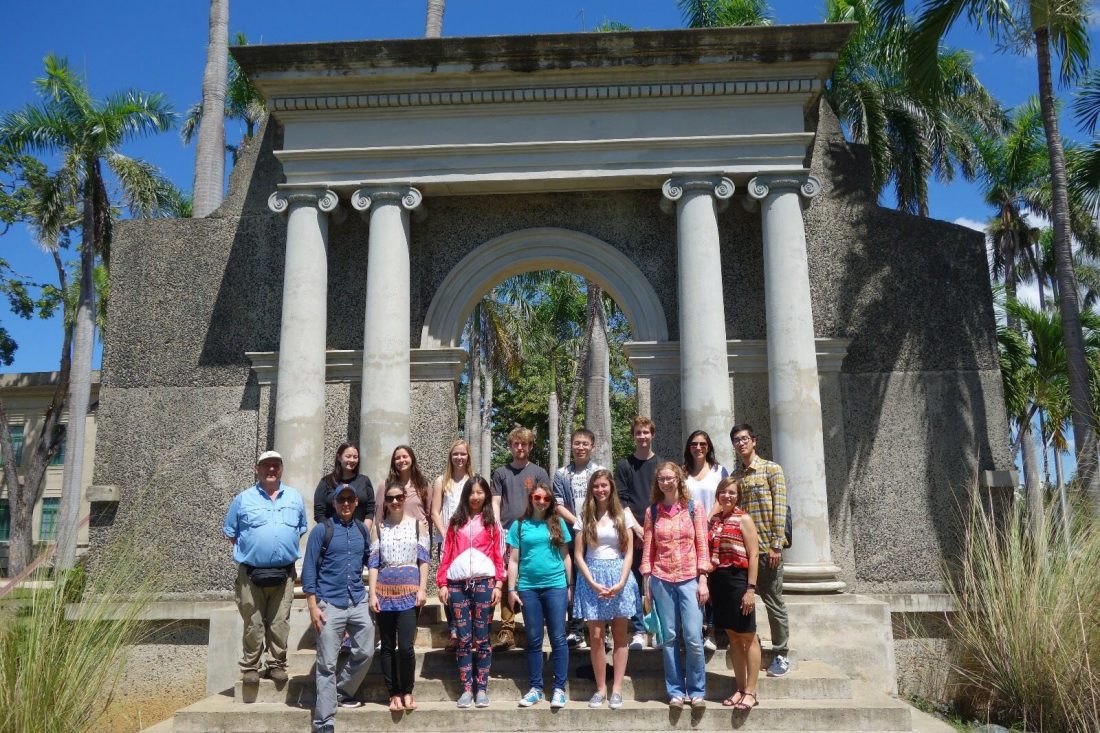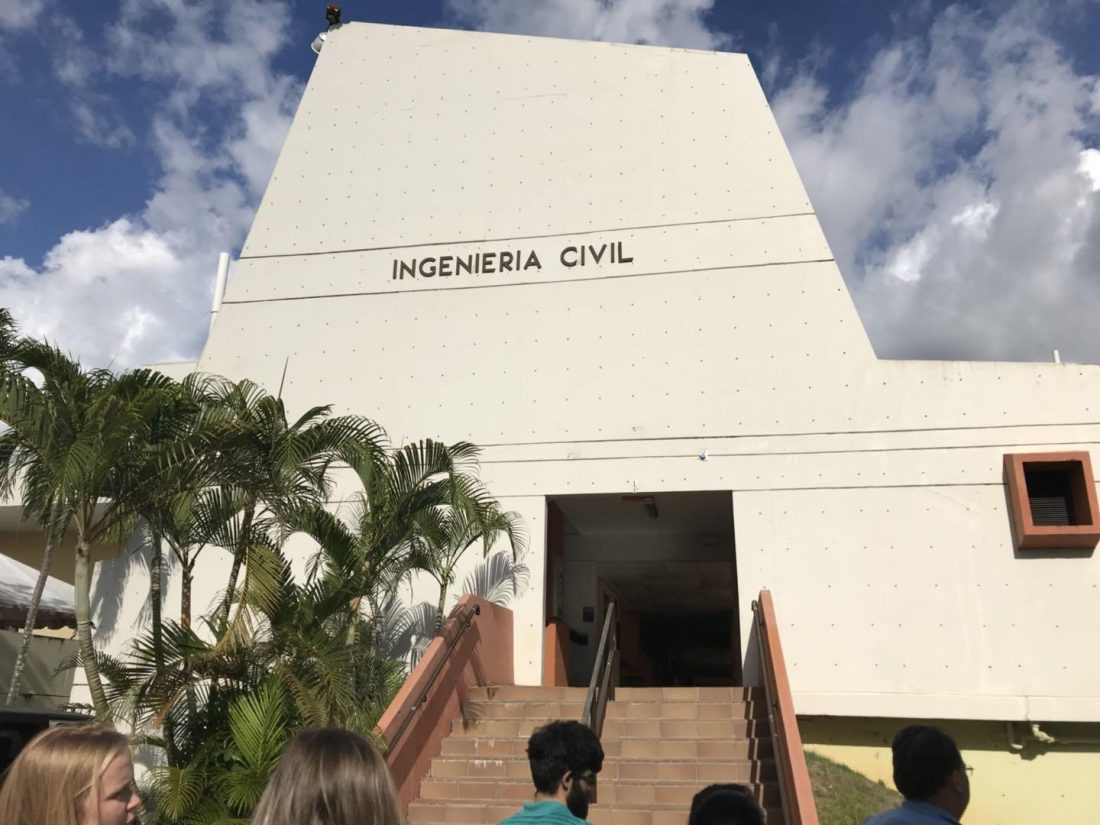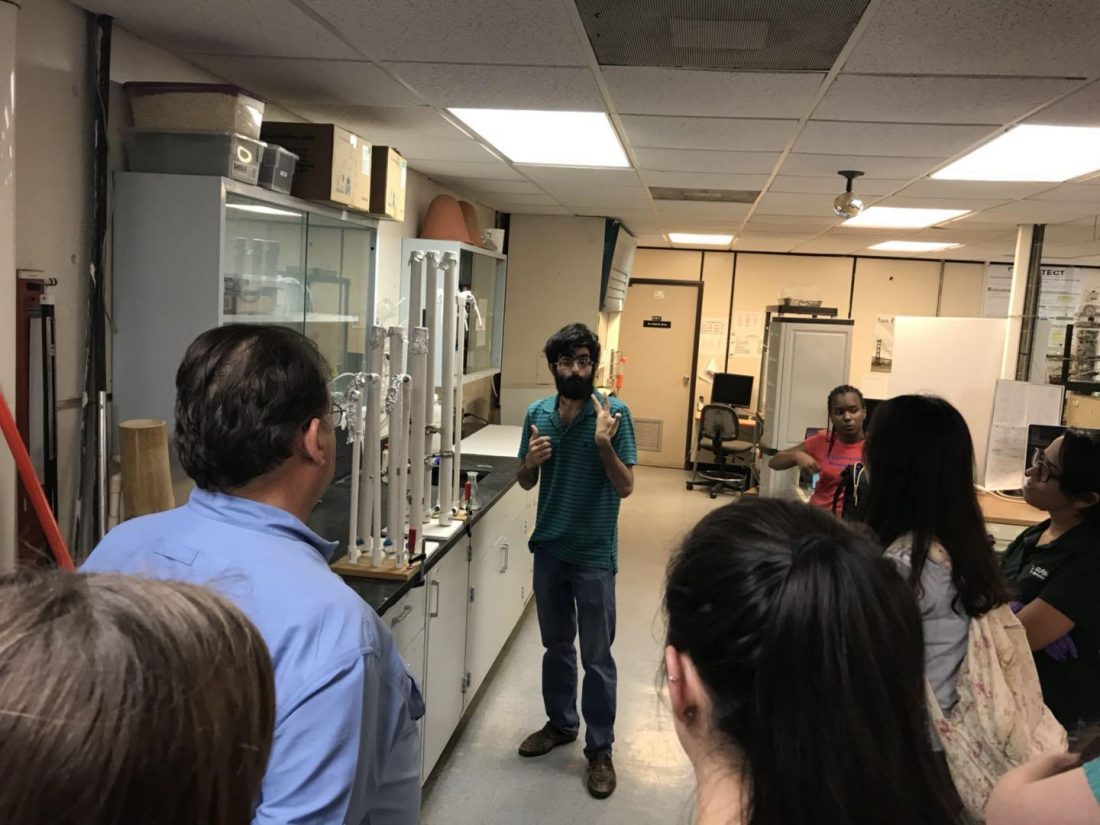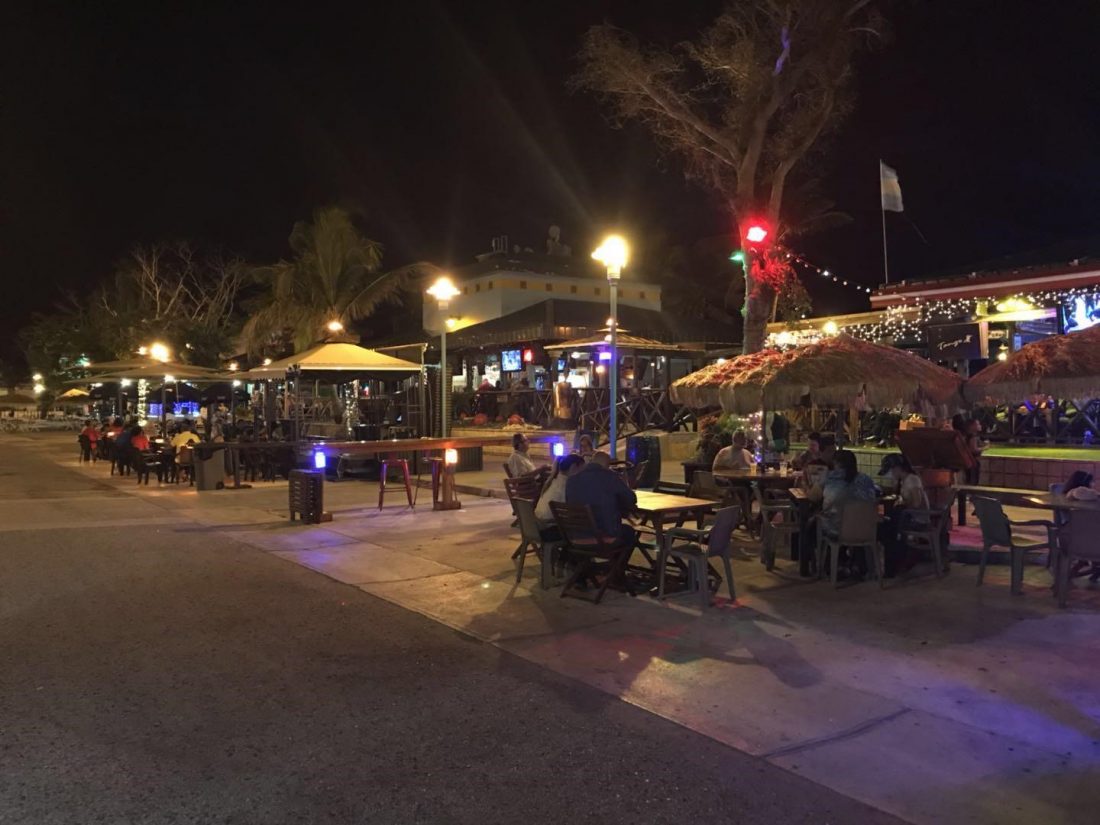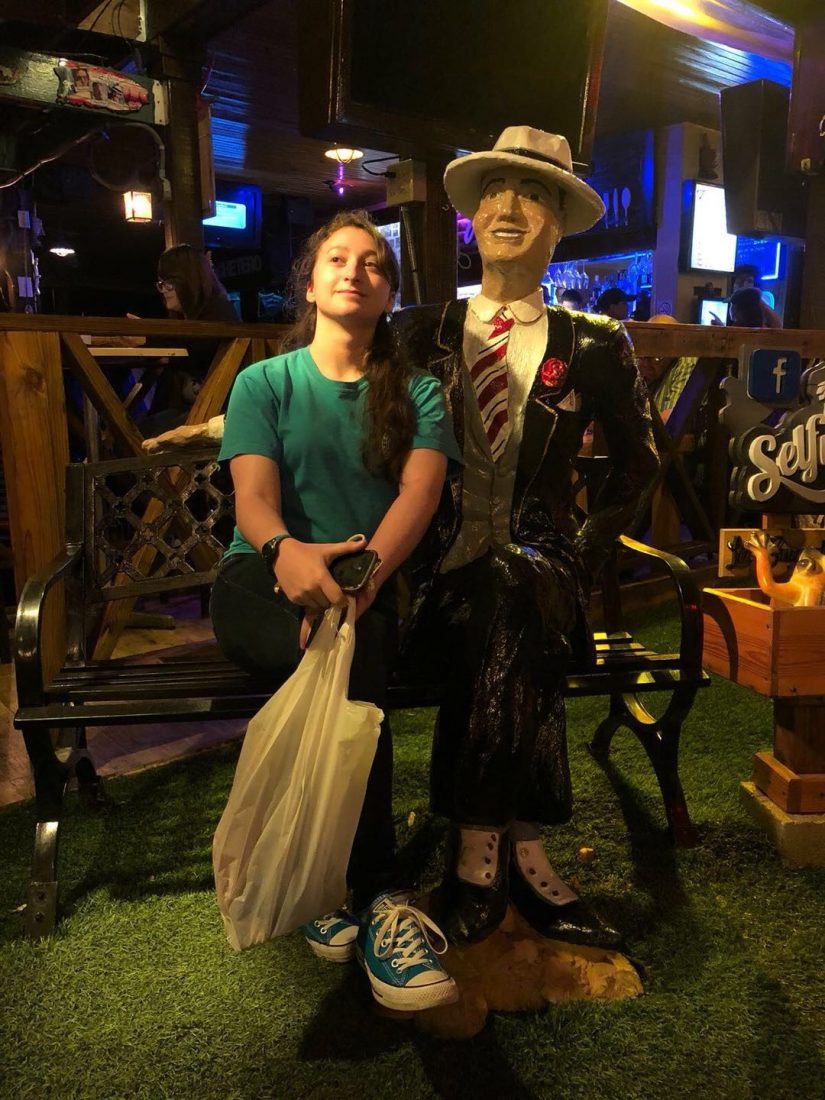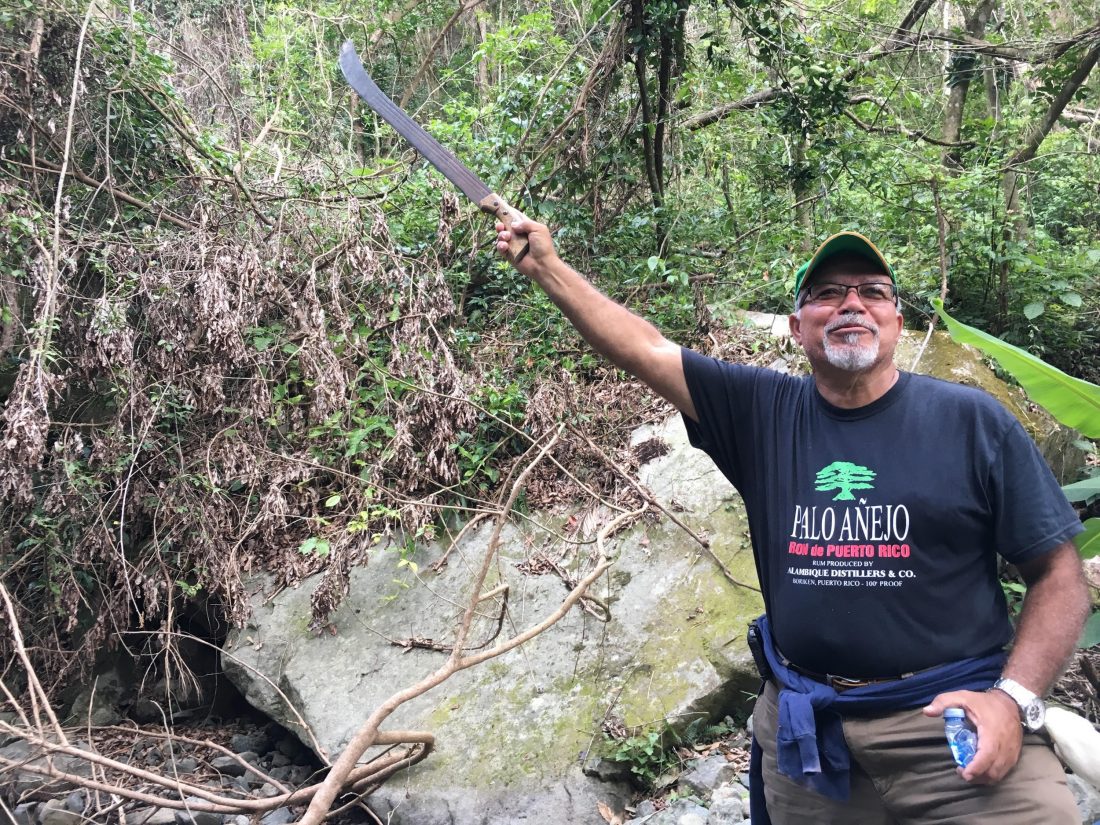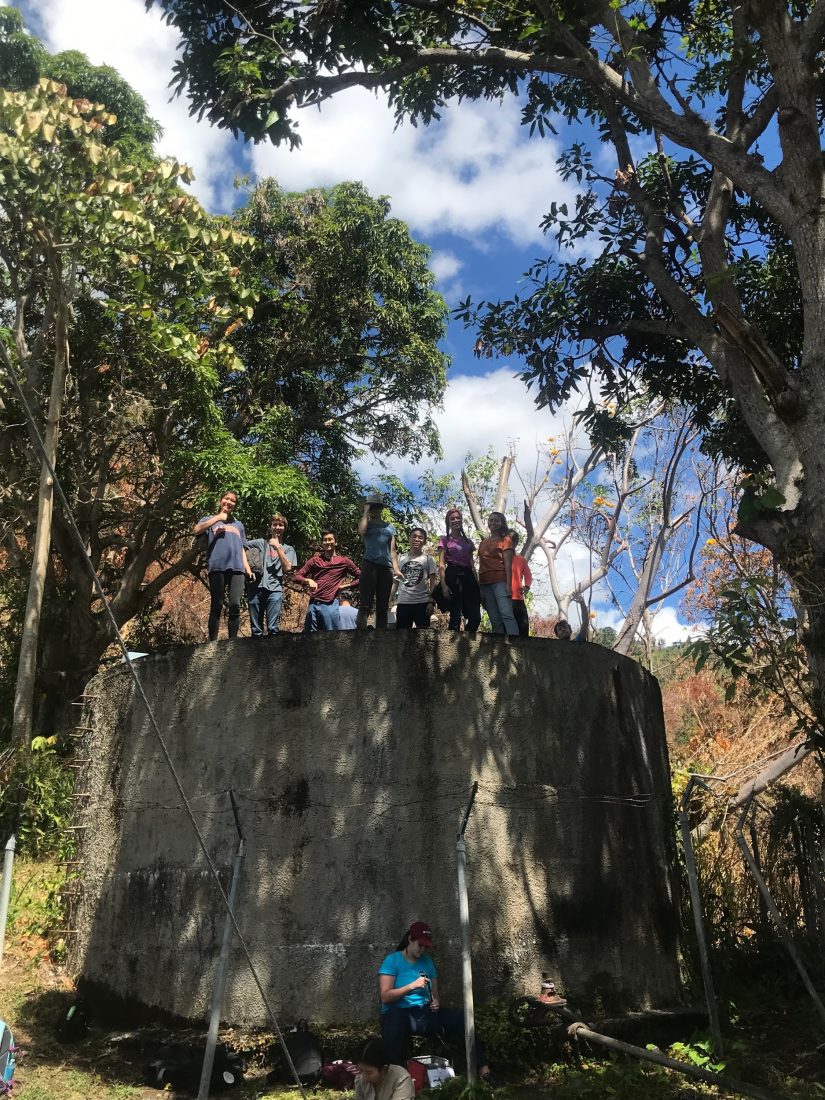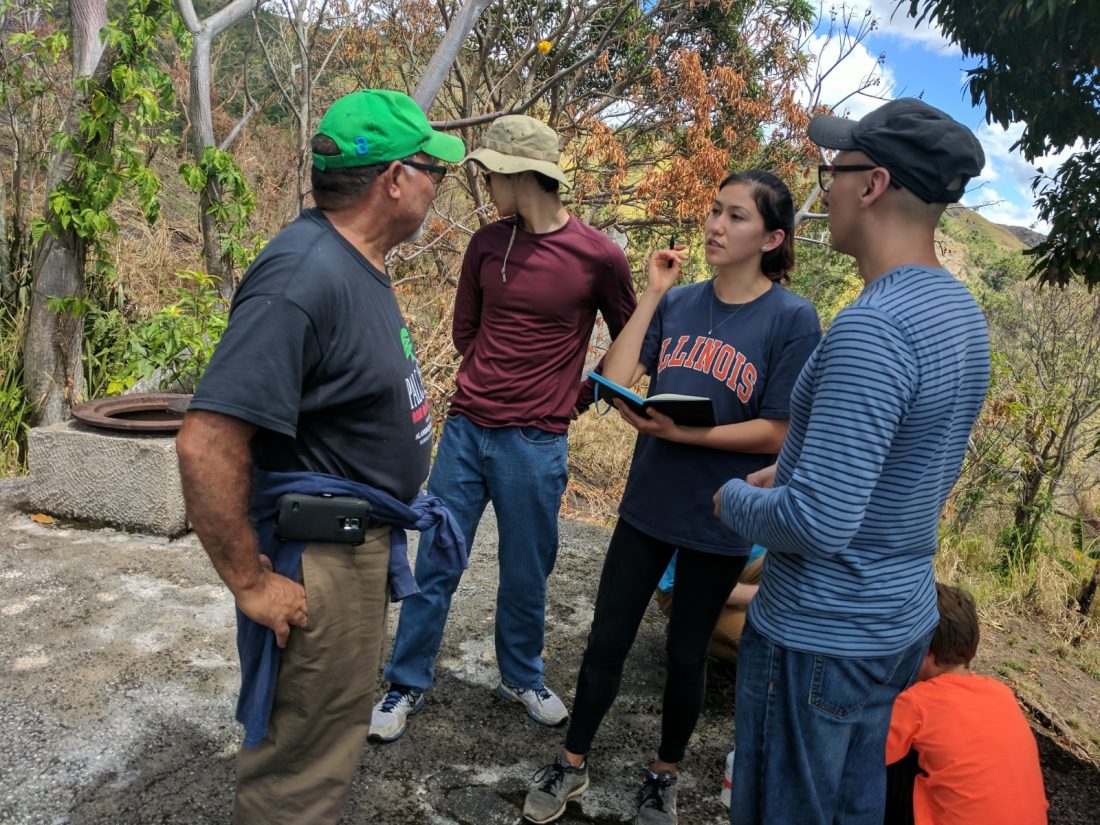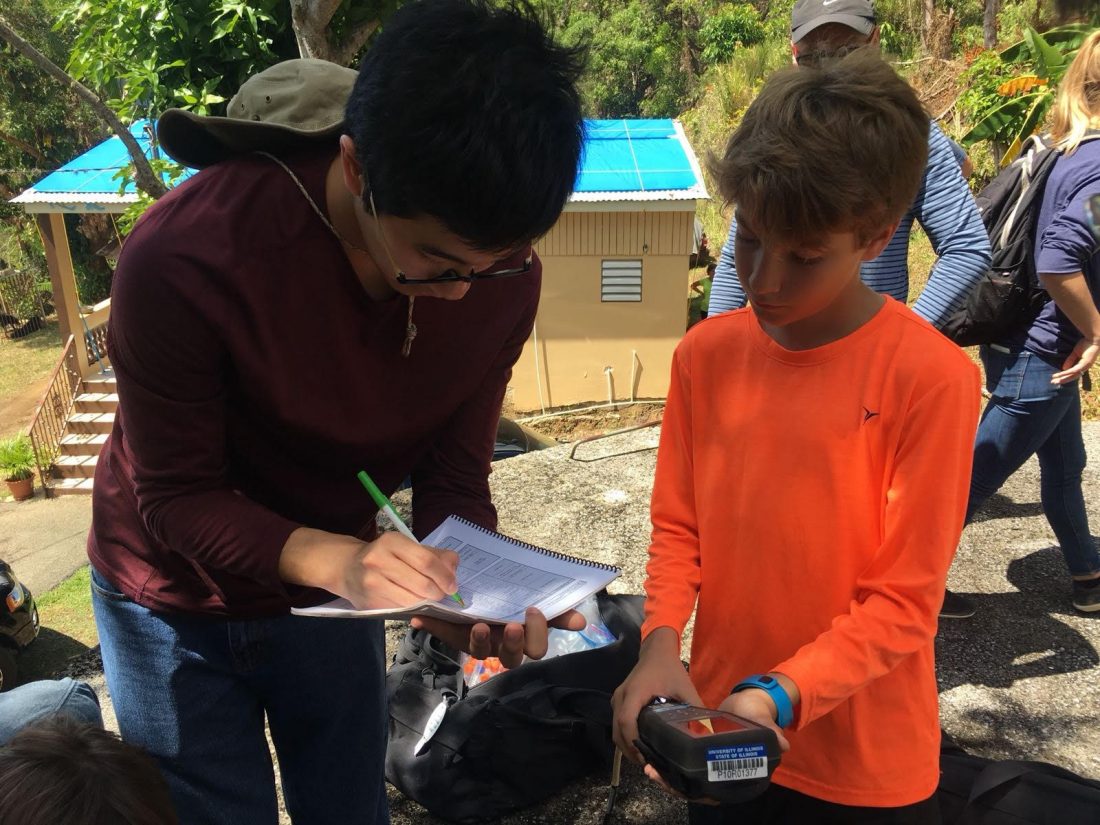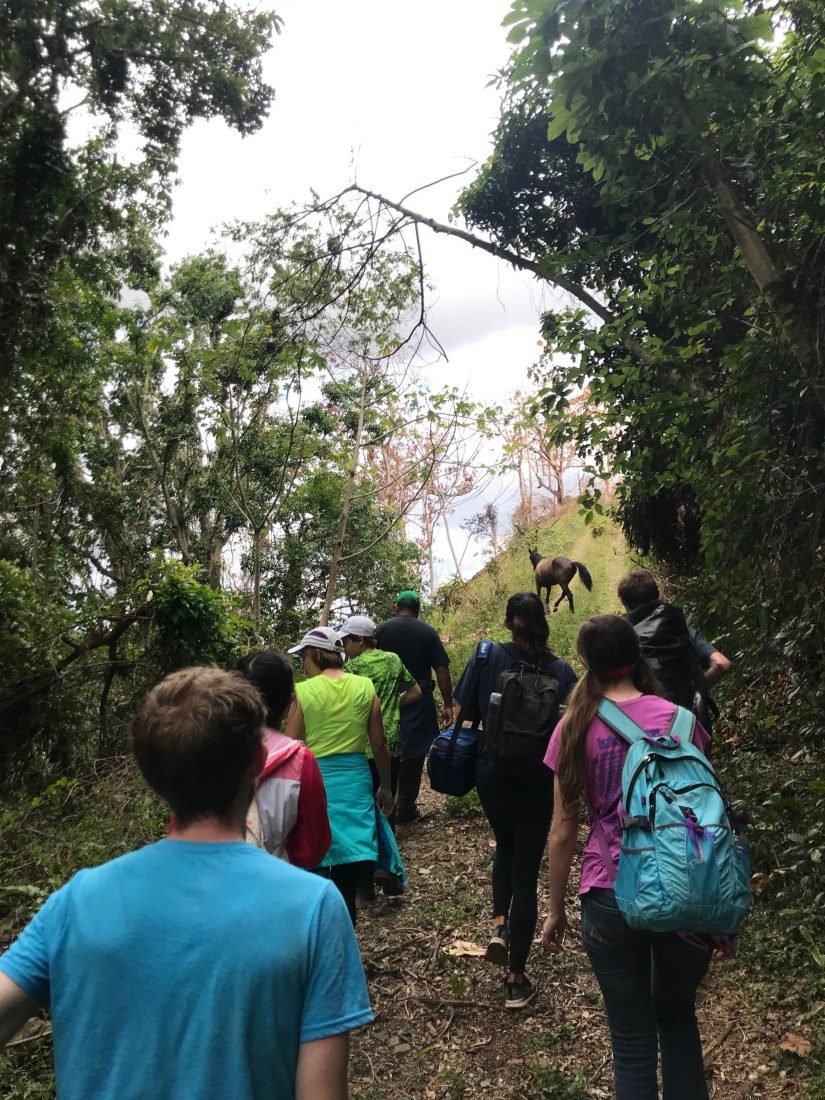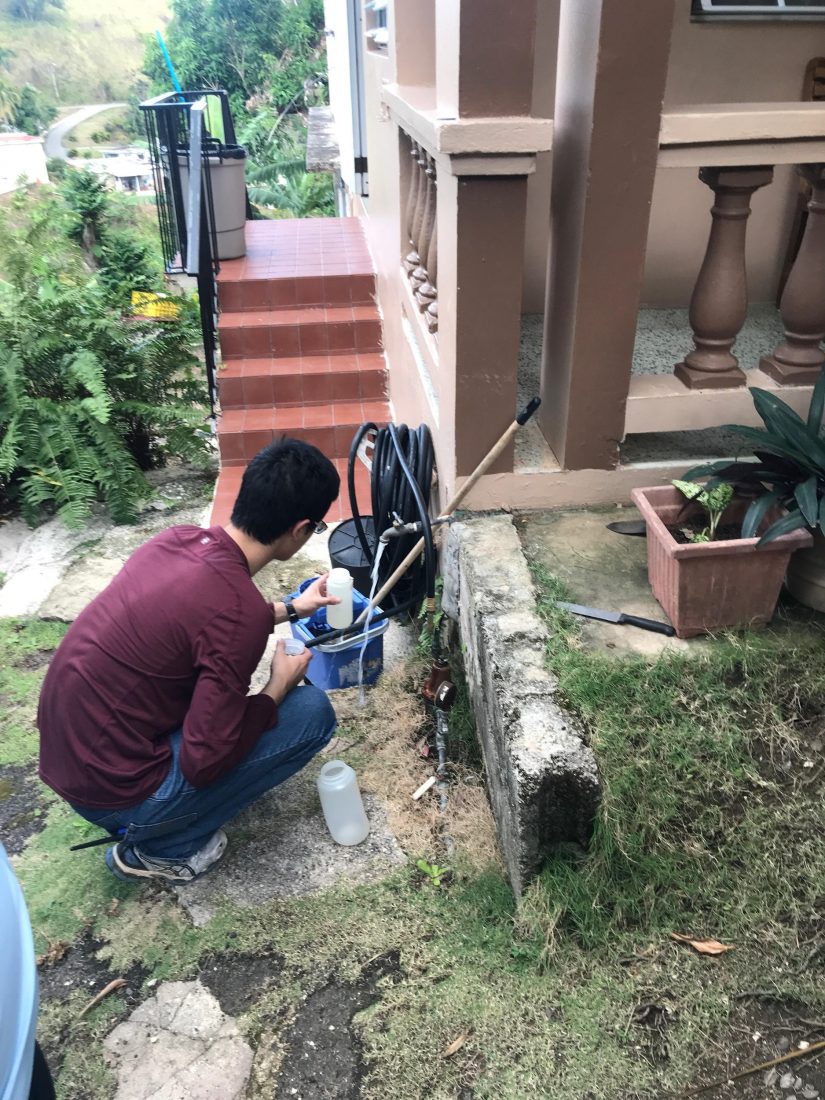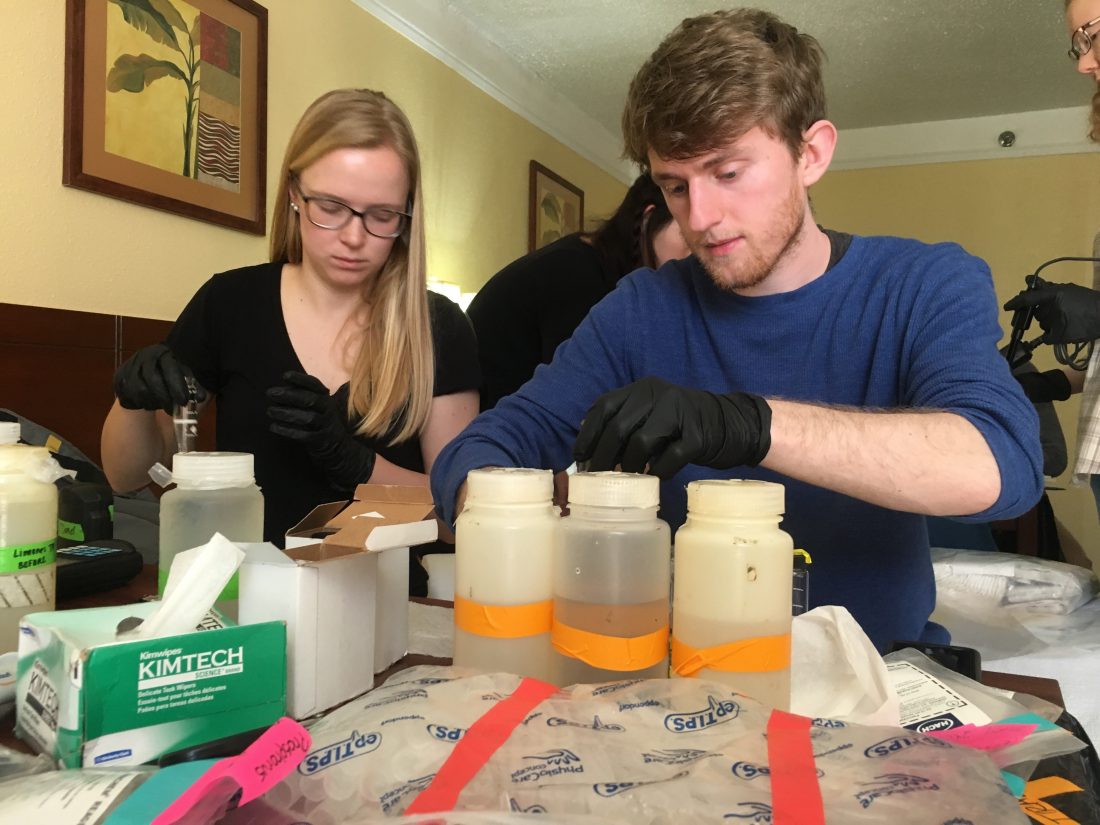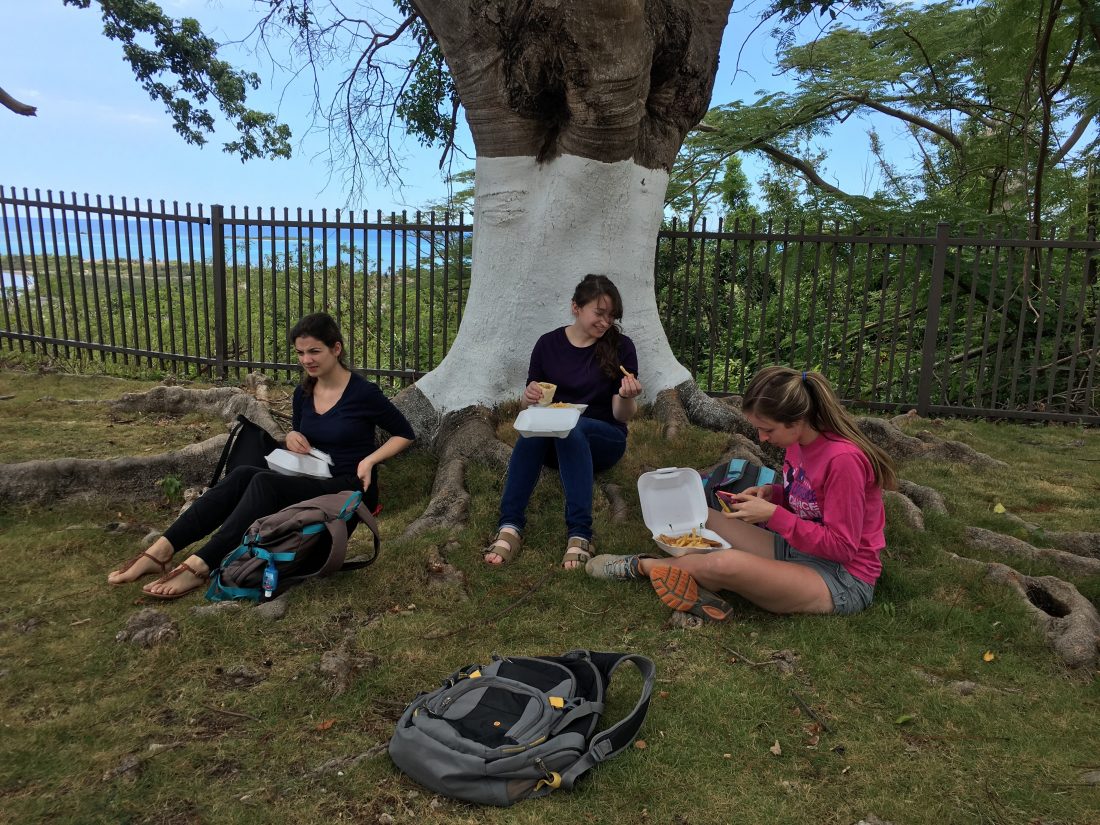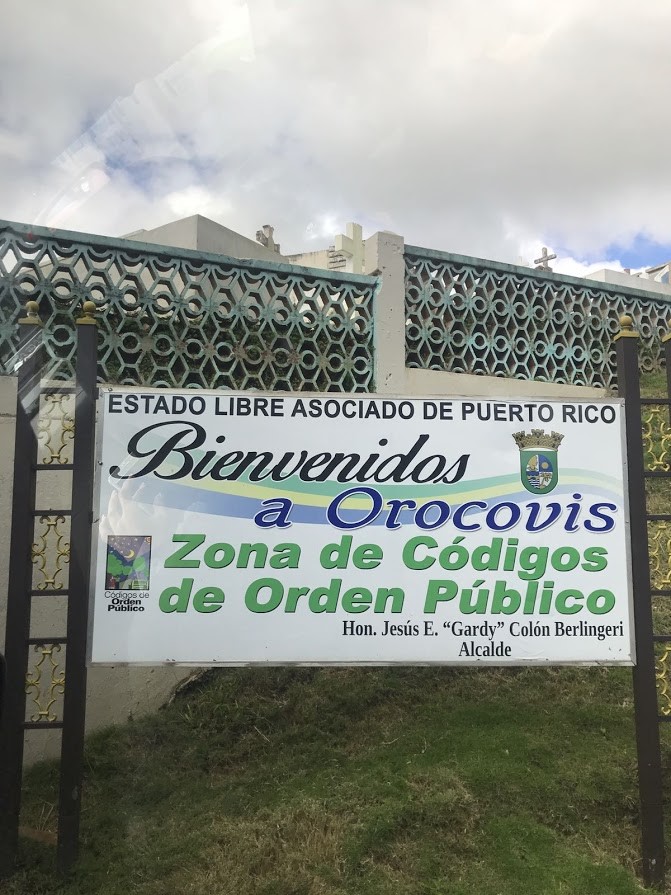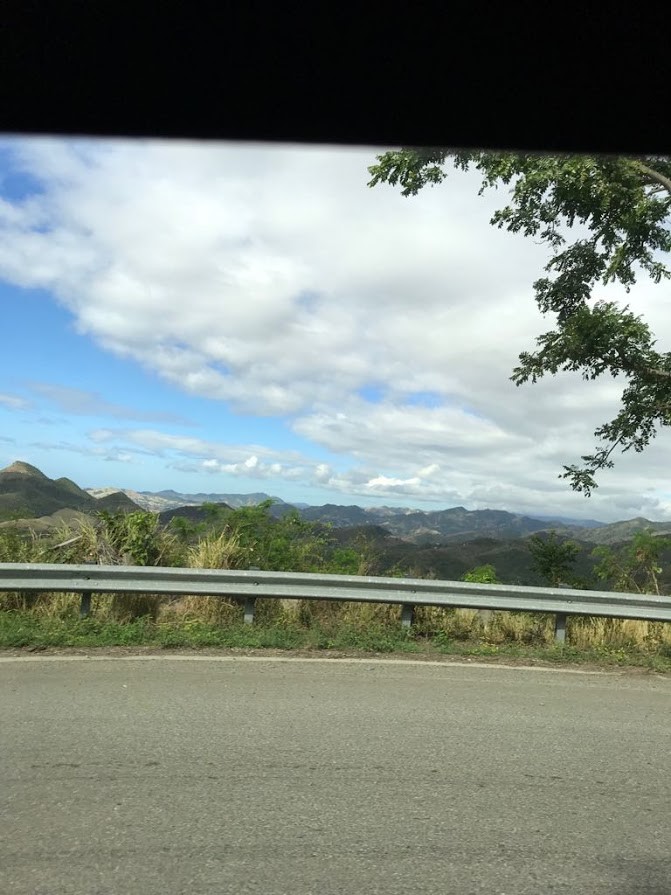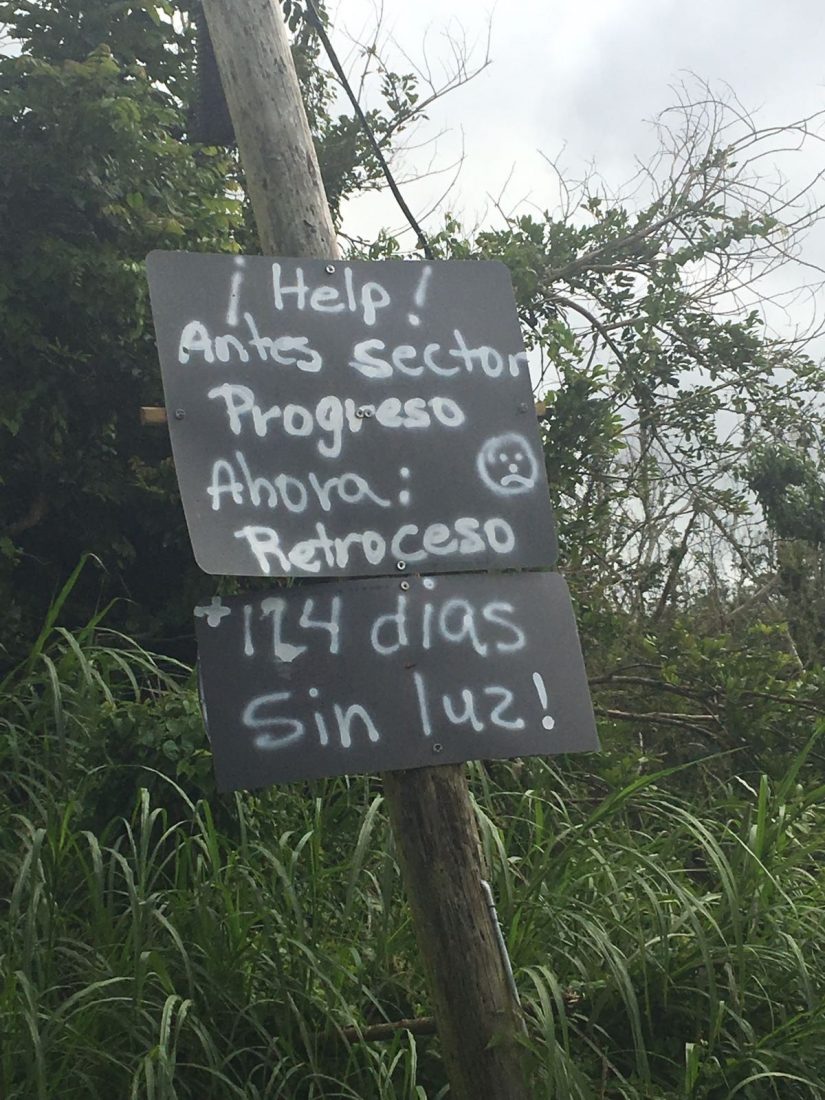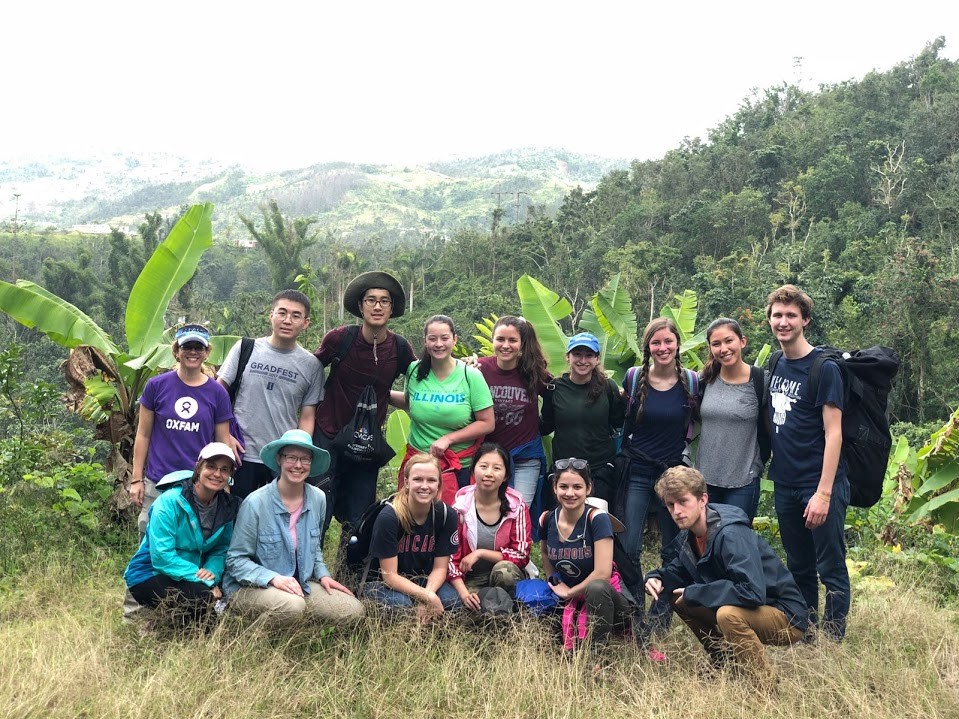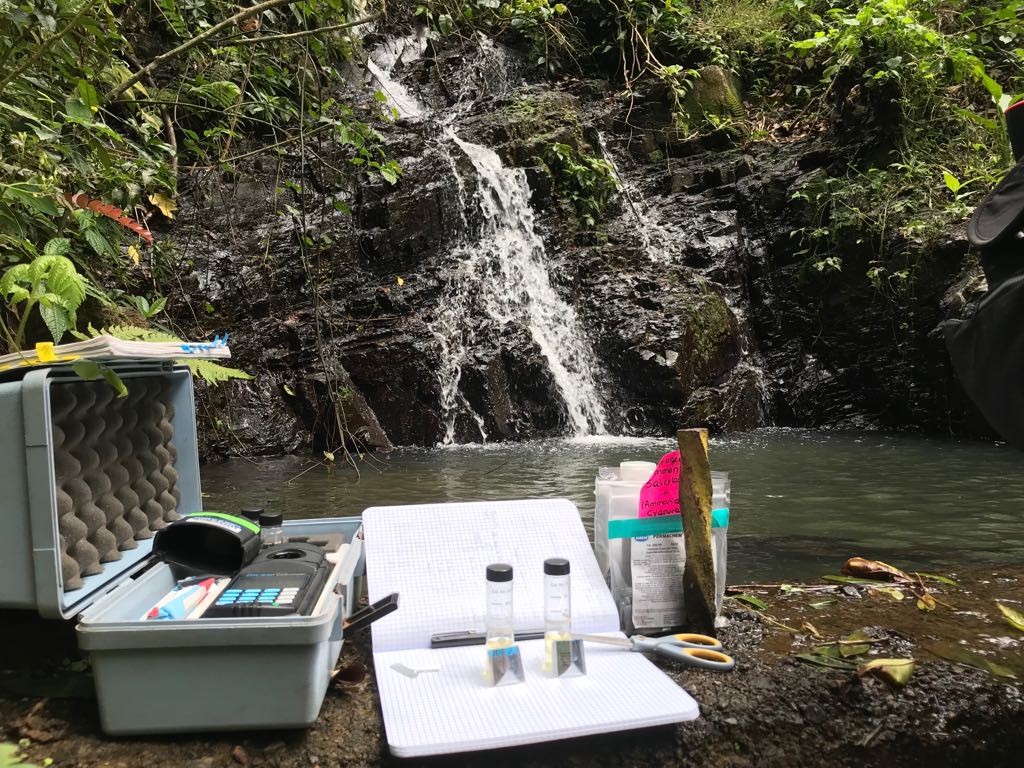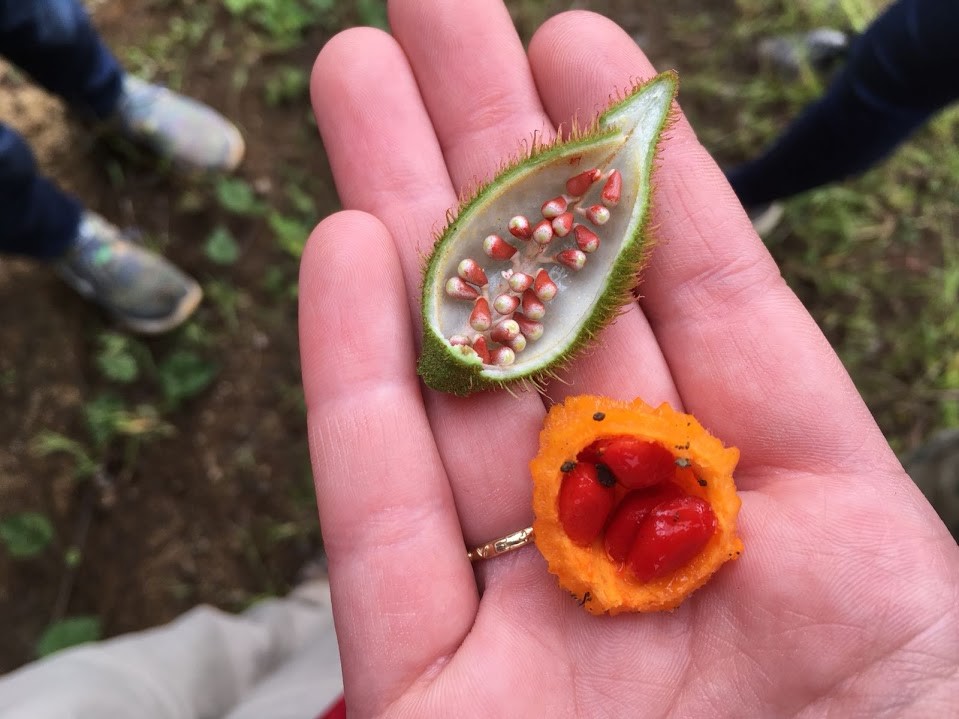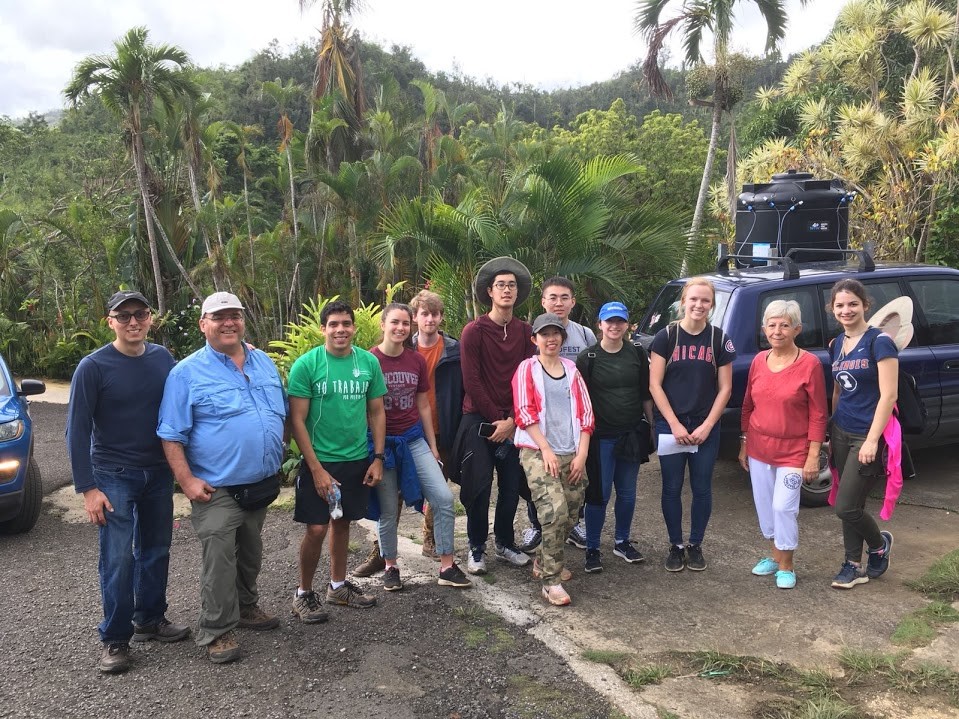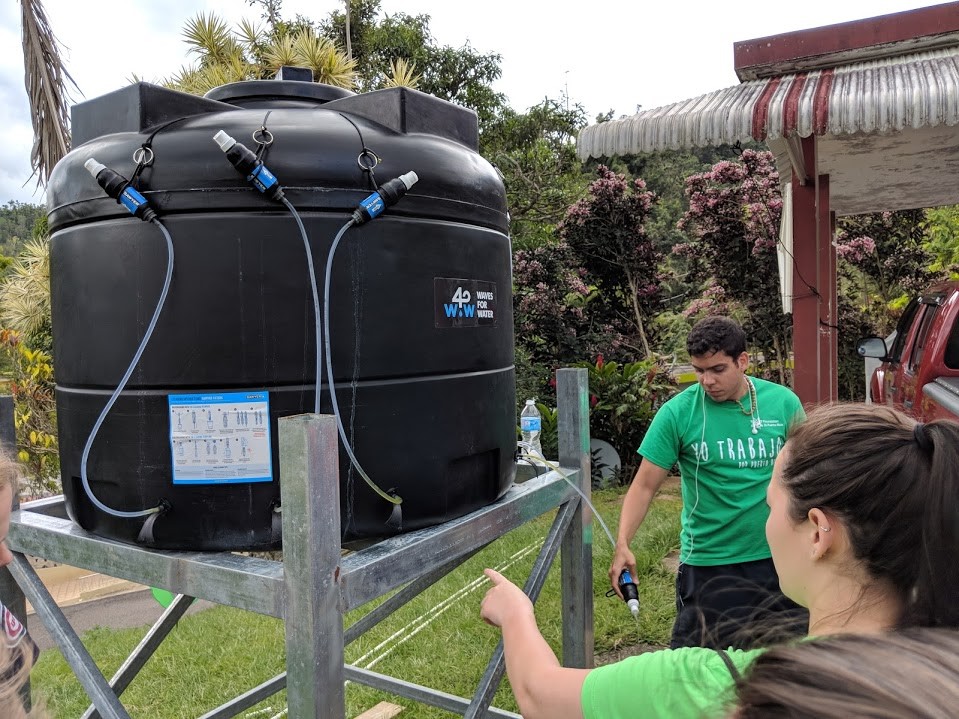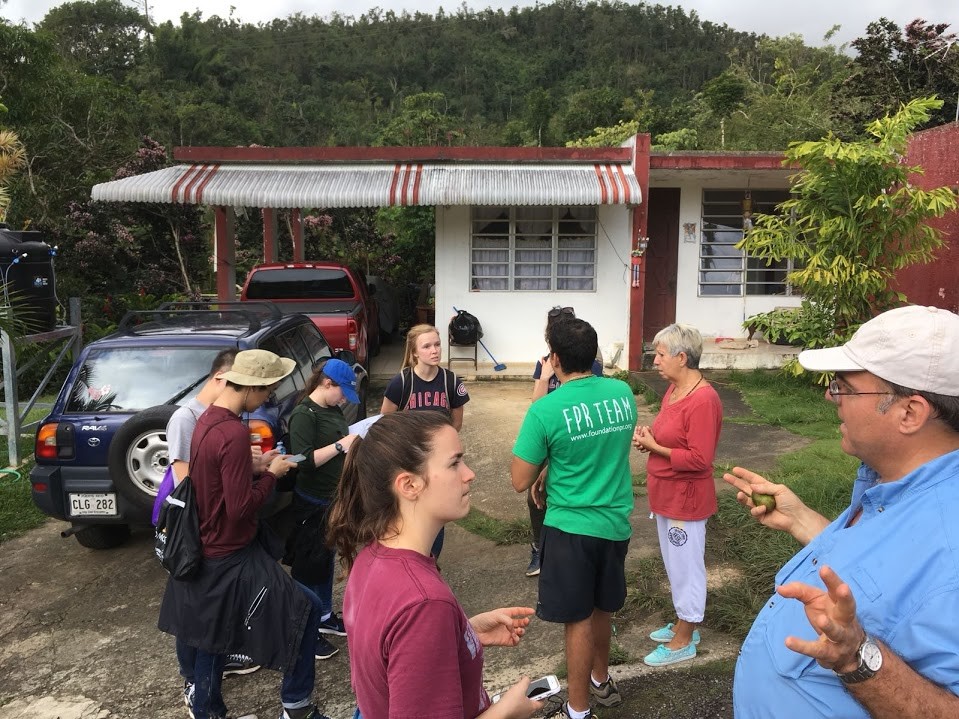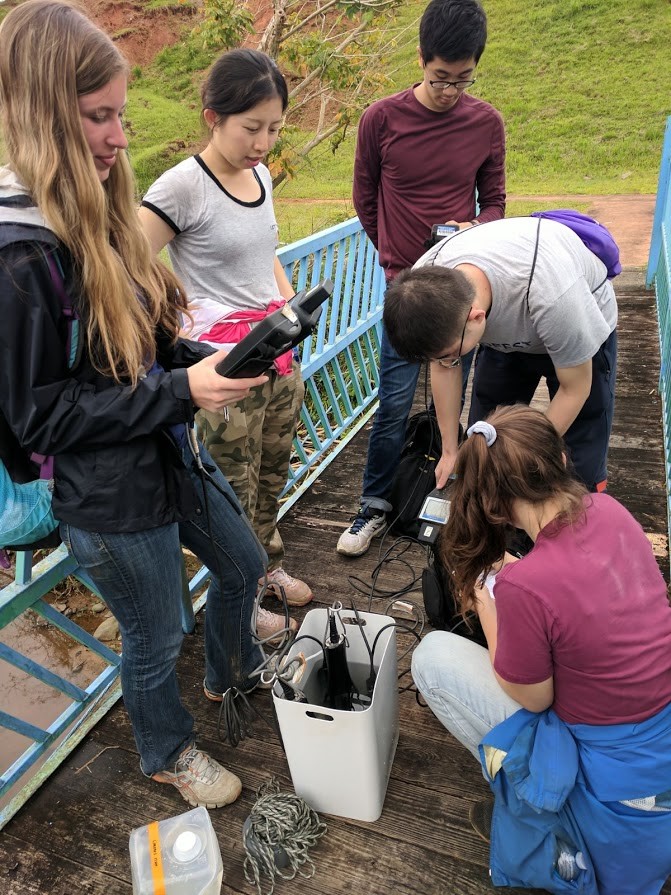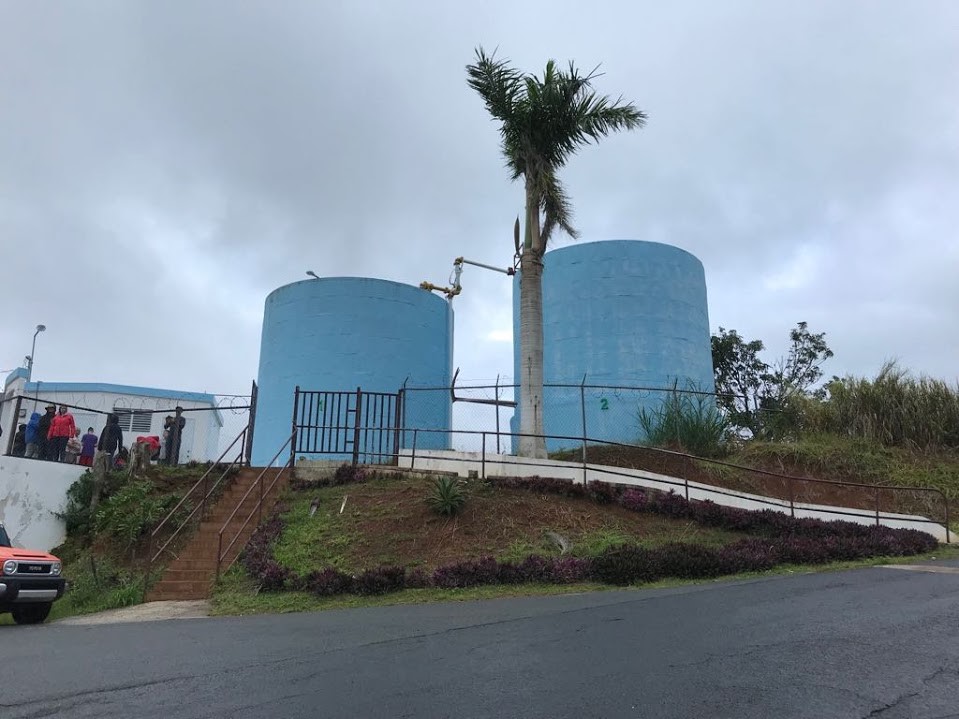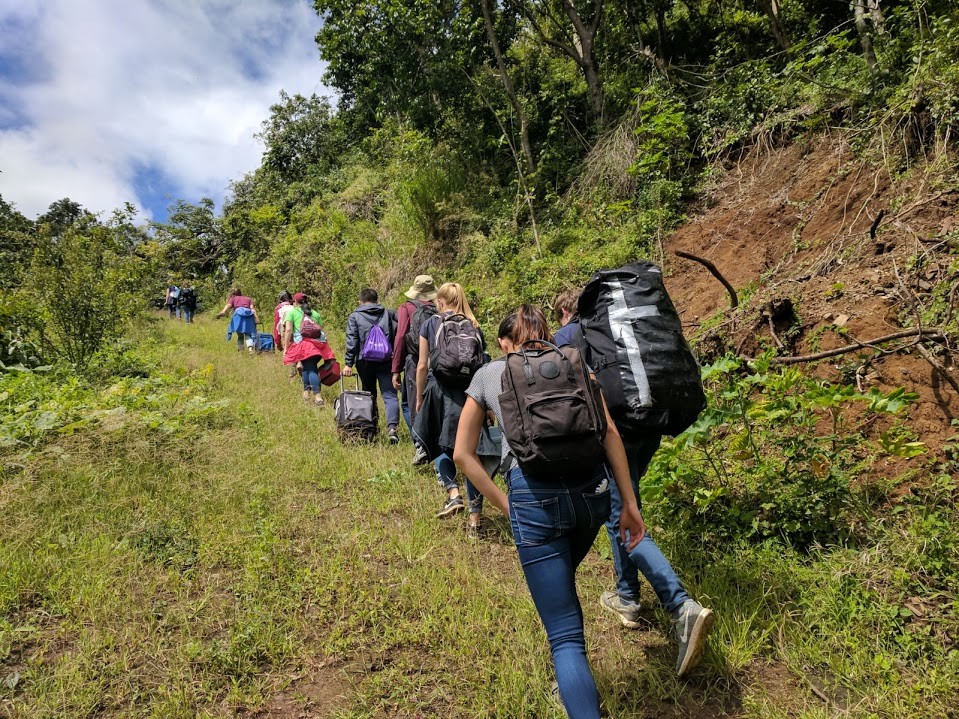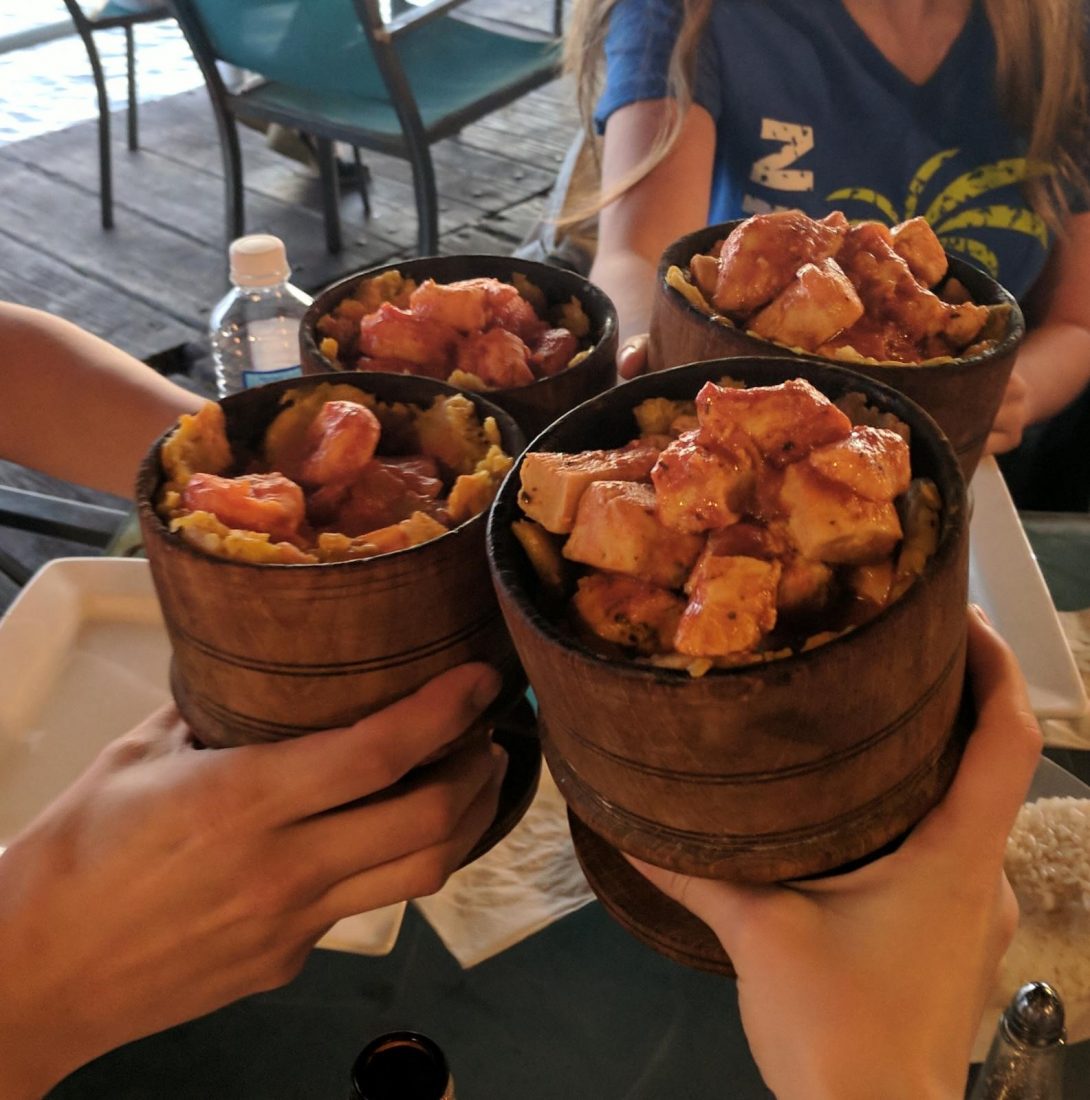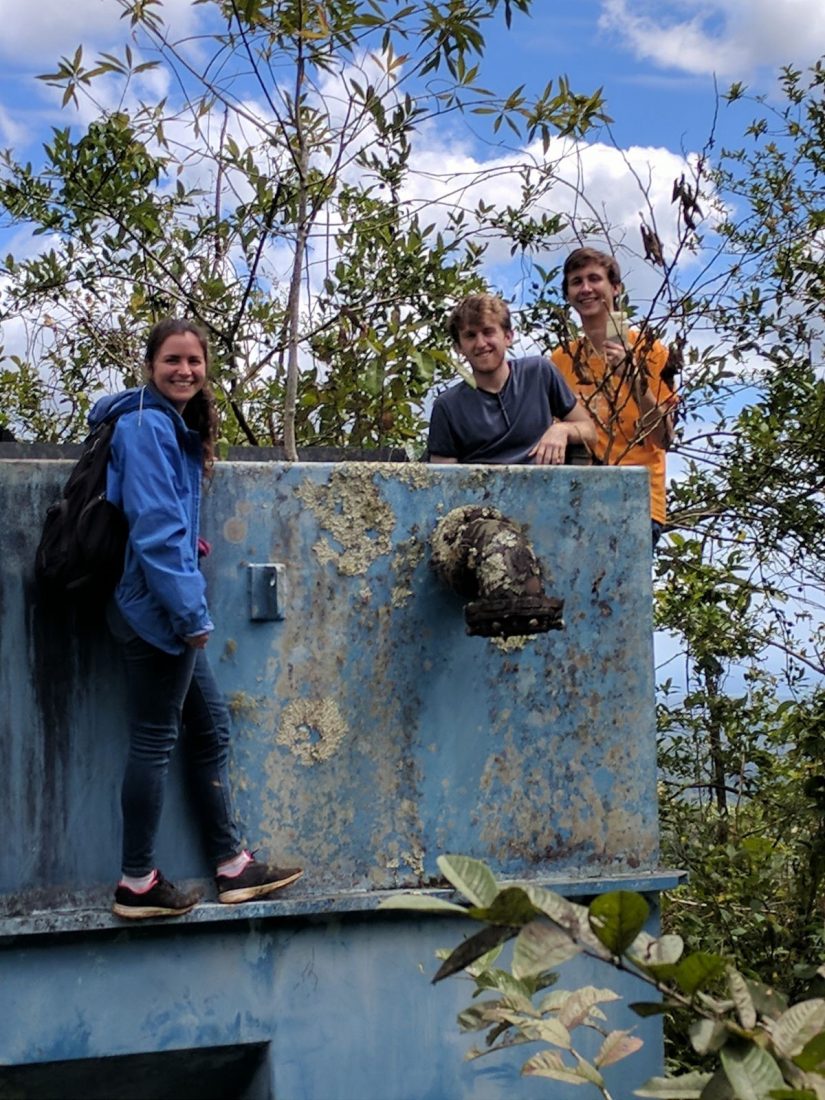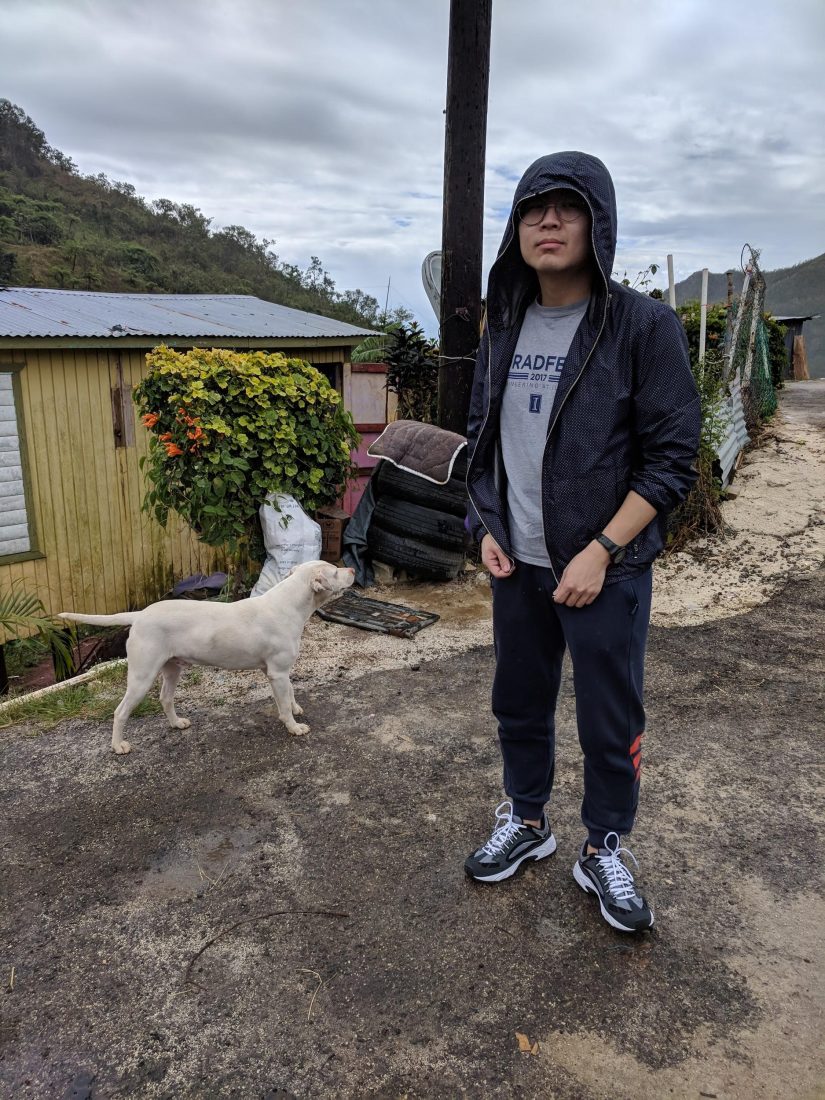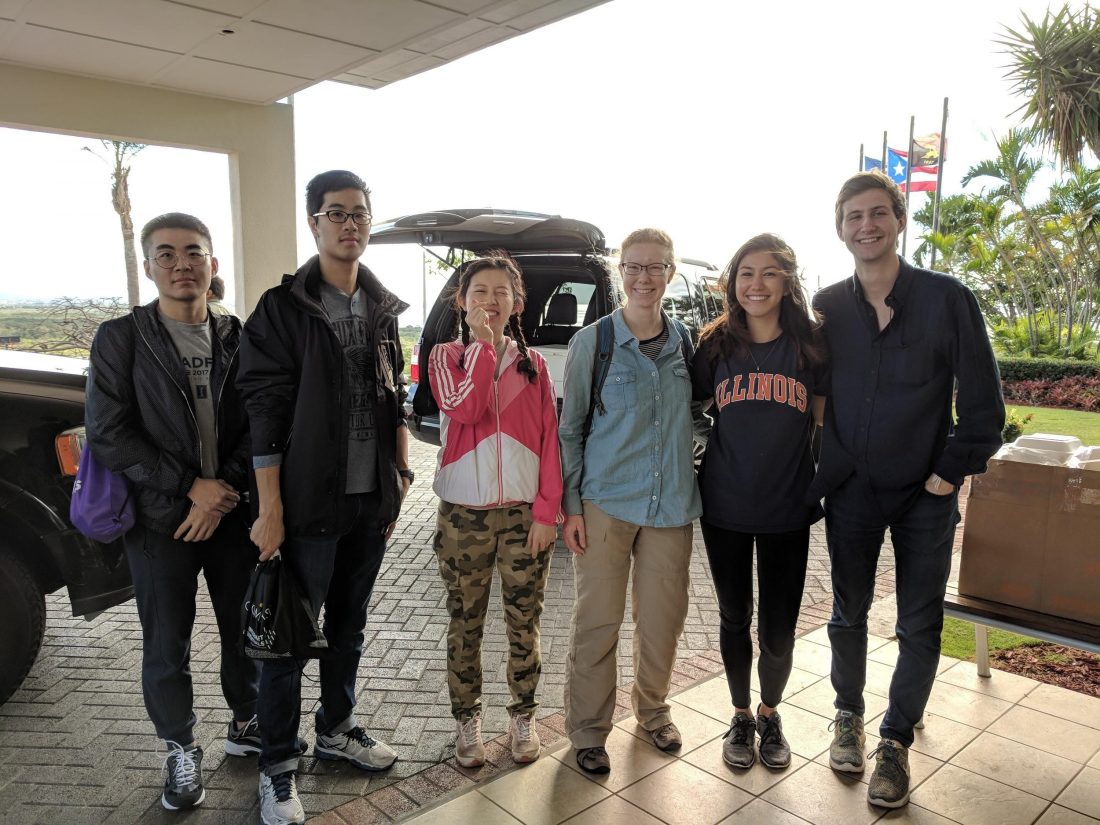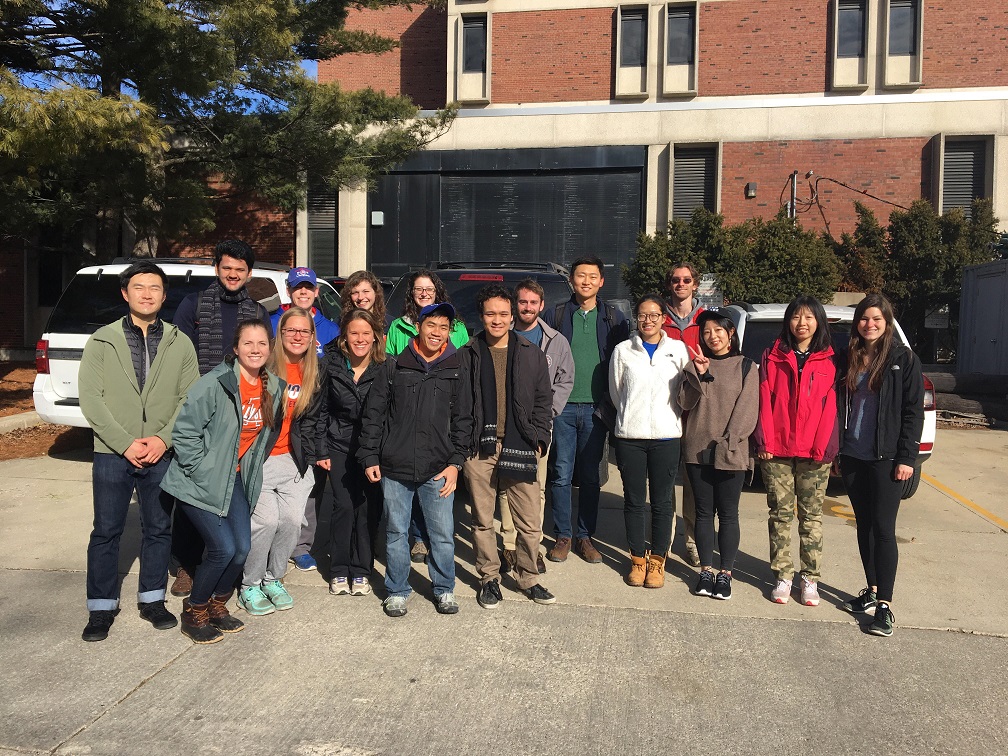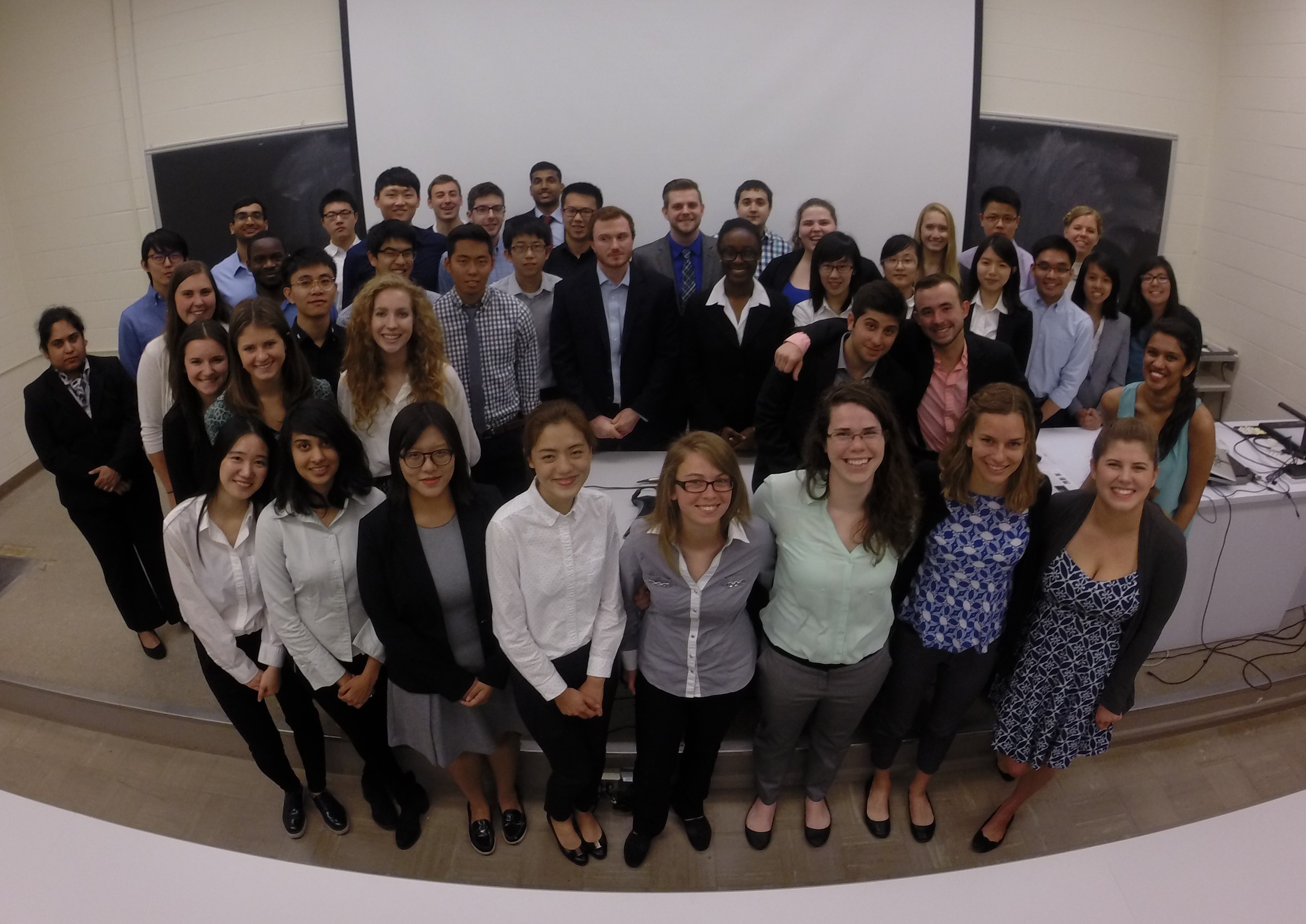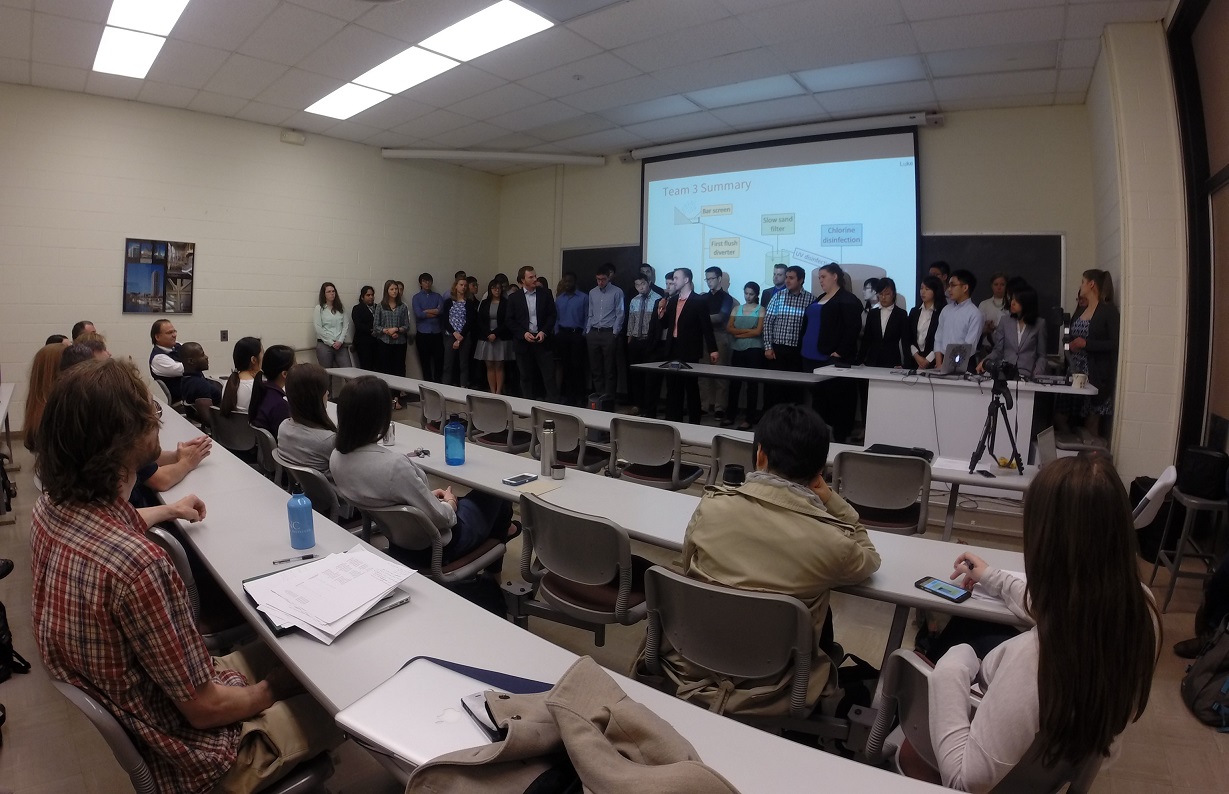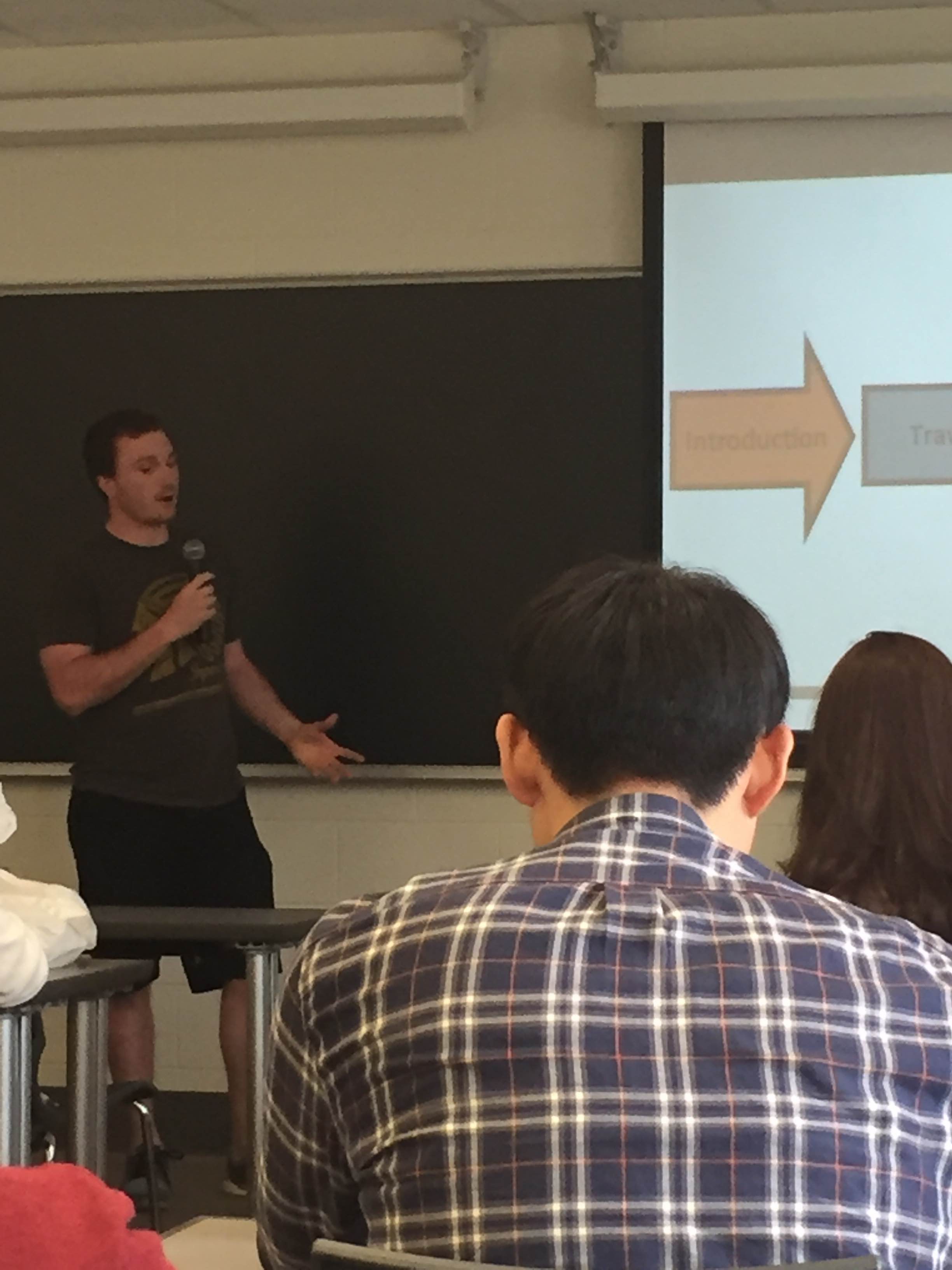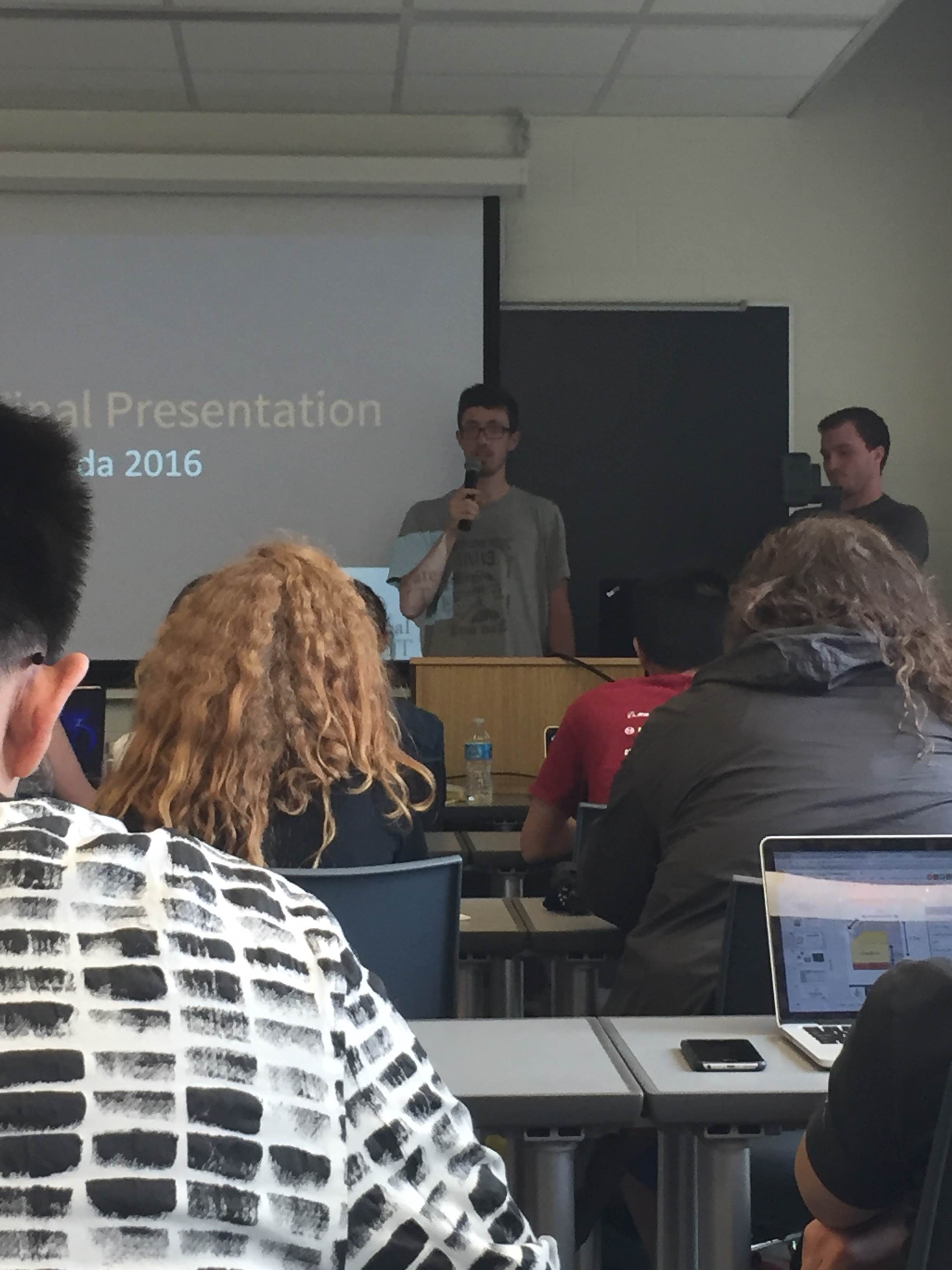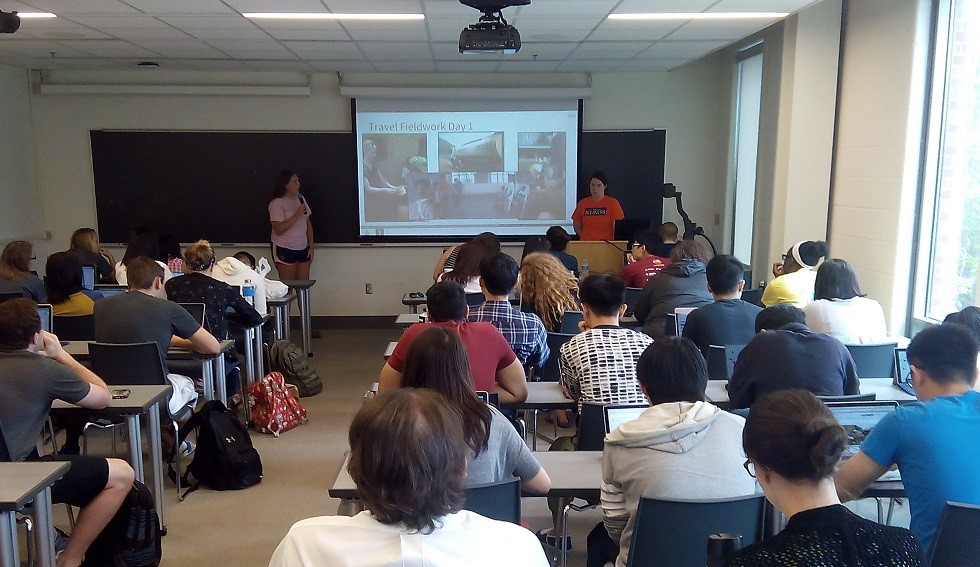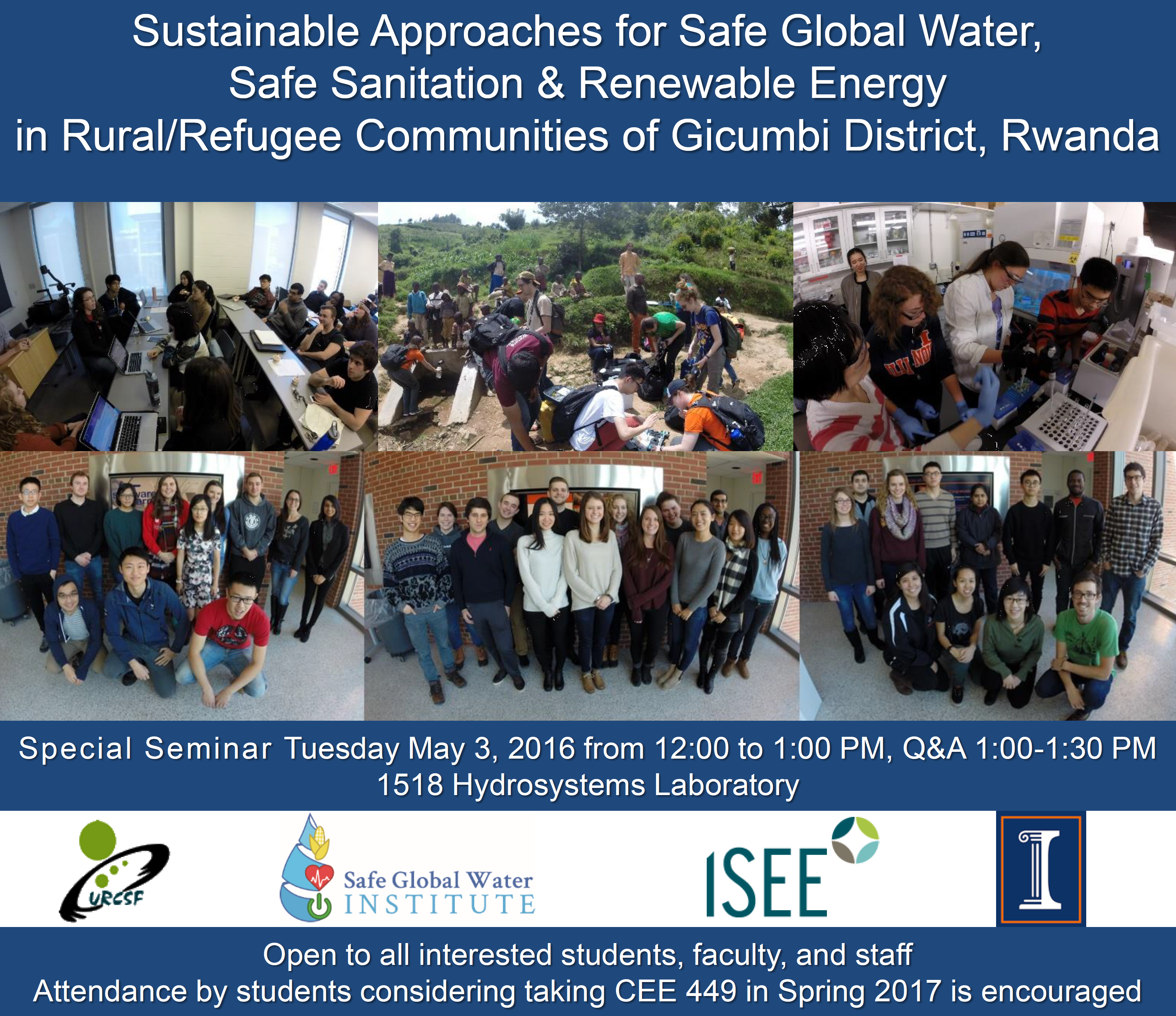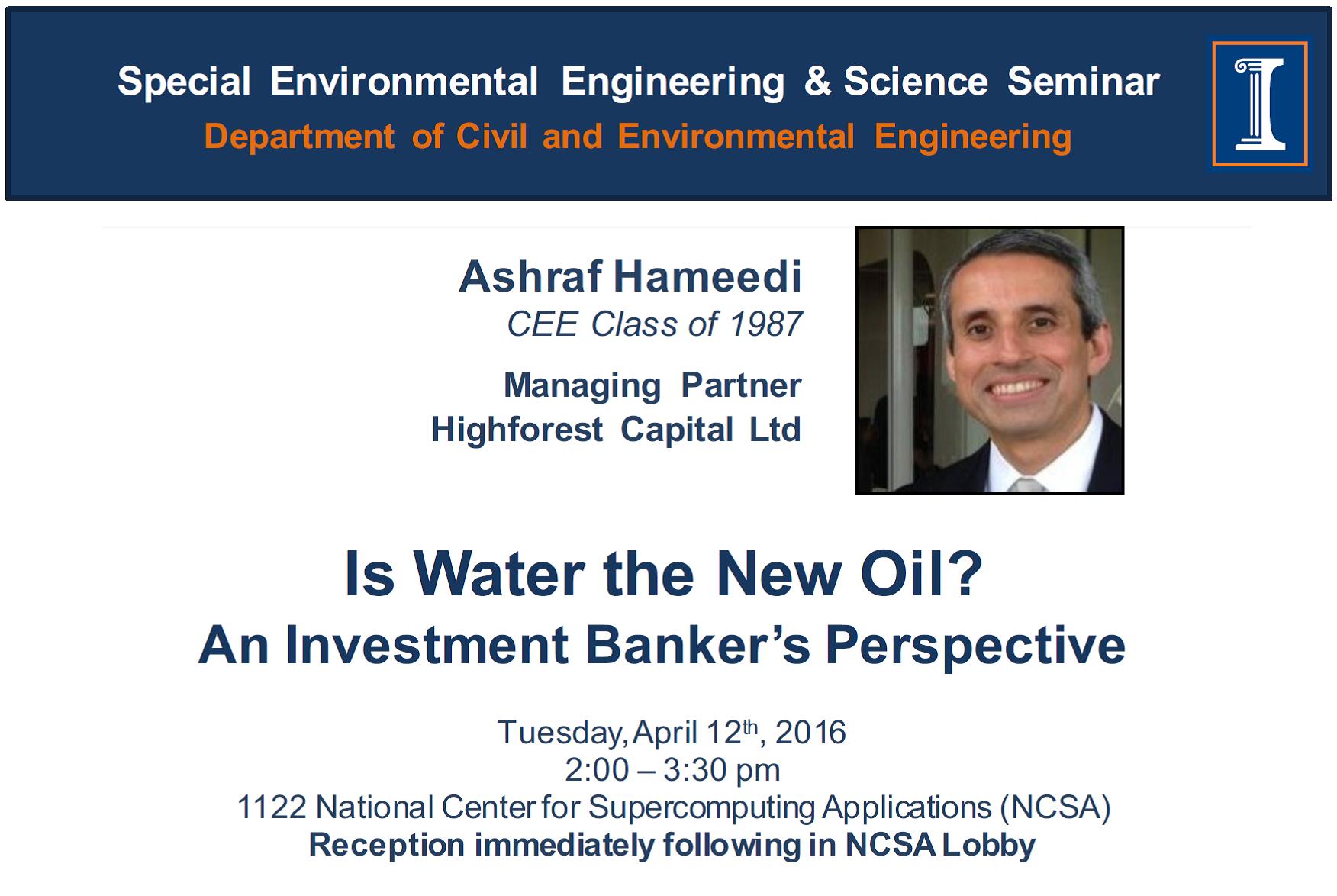(by George Gunter and Runze Liu)
Today was the group’s first day off of lab work since we arrived in Puerto Rico, and we capitalized on the opportunity to visit the island’s premier engineering school: University of Puerto Rico, Mayagüez. Throughout the week Madeline Torrez had been helping us navigate our way through the mountain sides of Puerto Rico, and today she showed us her home institution where she teaches as a Professor in the Chemical Engineering Department.
When we first arrived at UPRM, professors in the college of engineering gave us a presentation about major research initiatives at the university. They ranged from material science research projects focused on membrane design to education efforts in local schools to try and promote students in Puerto Rico to consider careers in Engineering and the Sciences.
In addition to presentations from professors at UPRM we enjoyed the company and introduction to a number of undergraduate and graduate students in different science and engineering disciplines from chemistry to Biological and Chemical Engineering. We were treated to coffee (George was thrilled) and snacks. Along with local students, everyone enjoyed the fresh time.
After snack time, we had a great time visiting the UPRM campus. Located at west edge of the island, UPRM has a fantastic tropical style. Walking along coconut palms, students became familiar with the university and its history.
It is said that Mayagüez rains every afternoon at 2pm, we were kind of “regretful” for missing that. So we took a great group photo at a landmark of UPRM with beautiful sunshine.
After a lunch of seafood along a beach, we went back to UPRM visiting their environmental engineering lab. Graduate students of UPRM introduced research they are focusing on and what equipment they have. One of their highlighted research areas is experimenting on filters with plastic media. They also introduced research about UV light disinfection and groundwater contaminant removal.
At night, we went on an adventure exploring local life experience in Ponce. Students bought some souvenirs and enjoyed live music there. It was a special experience enjoying live heavy metal music performance with zero distance. (and without headphones).

